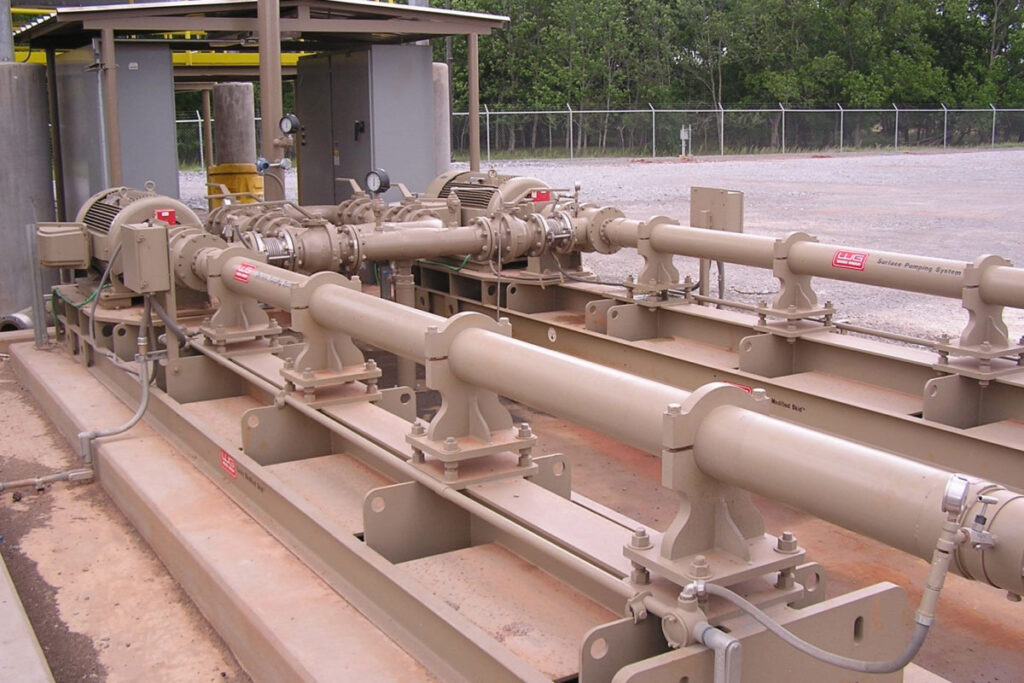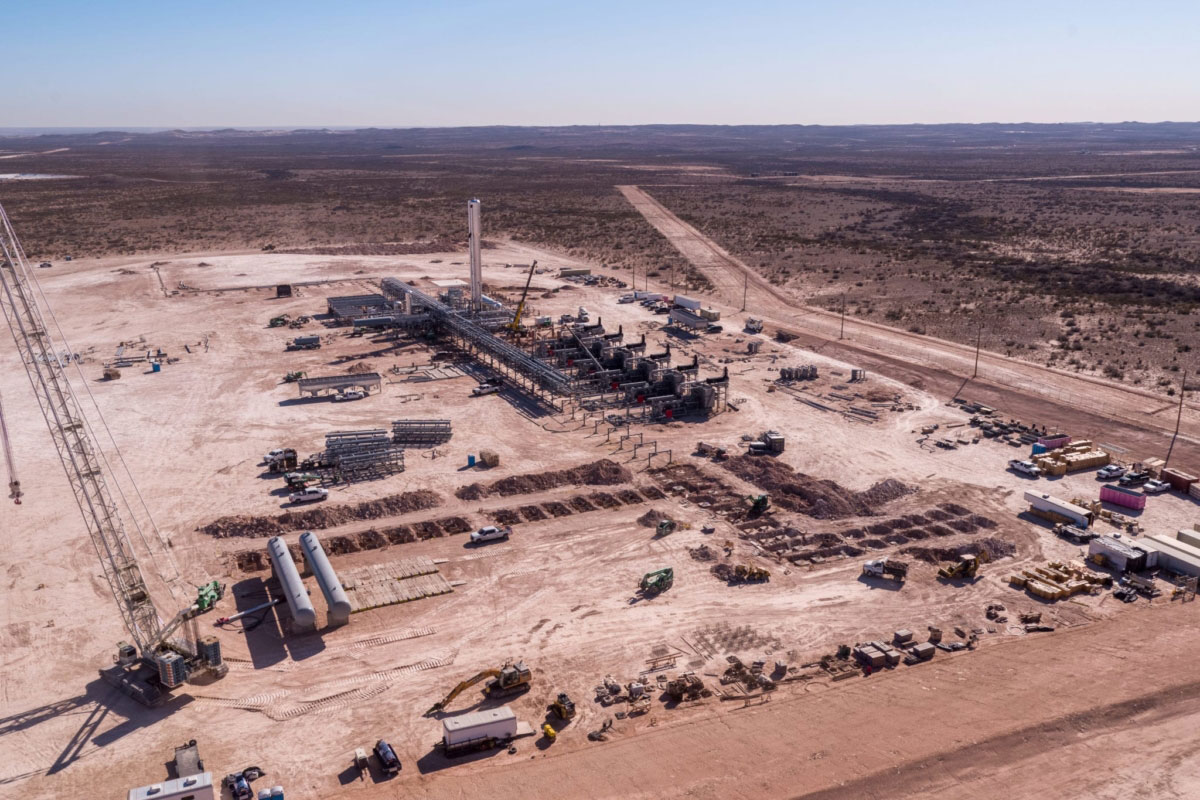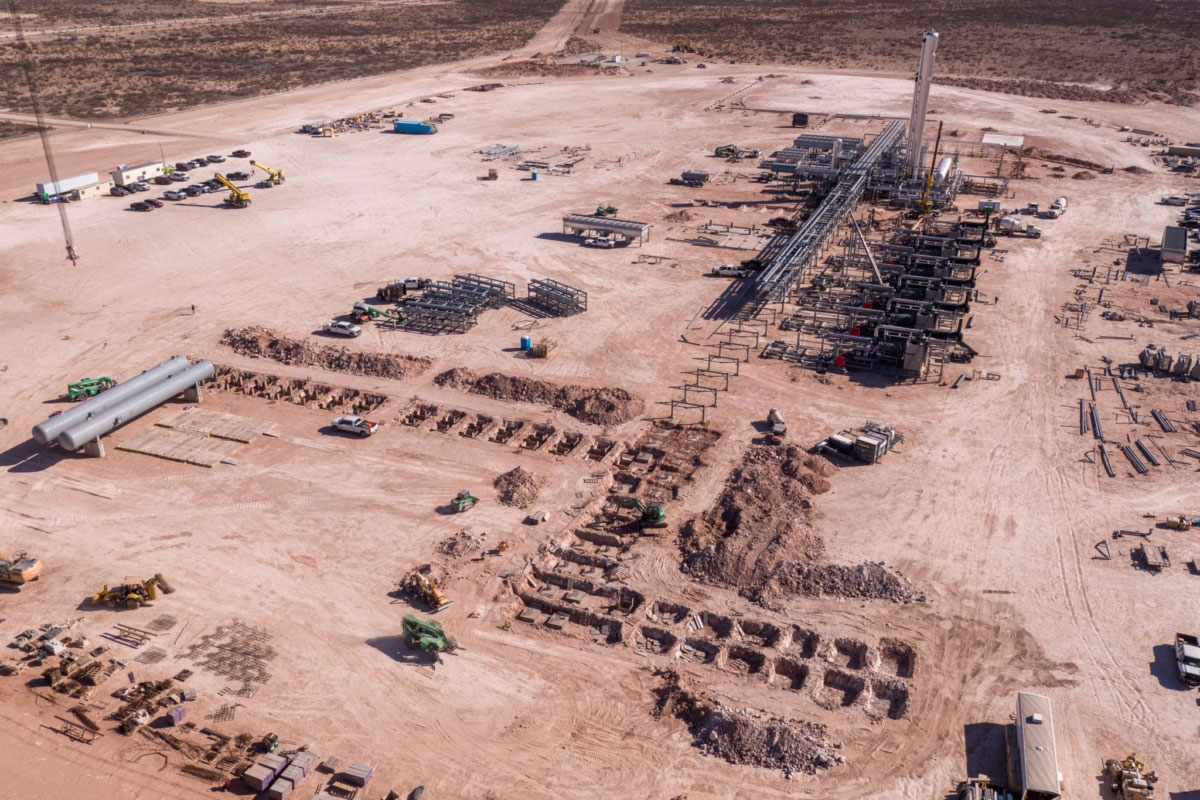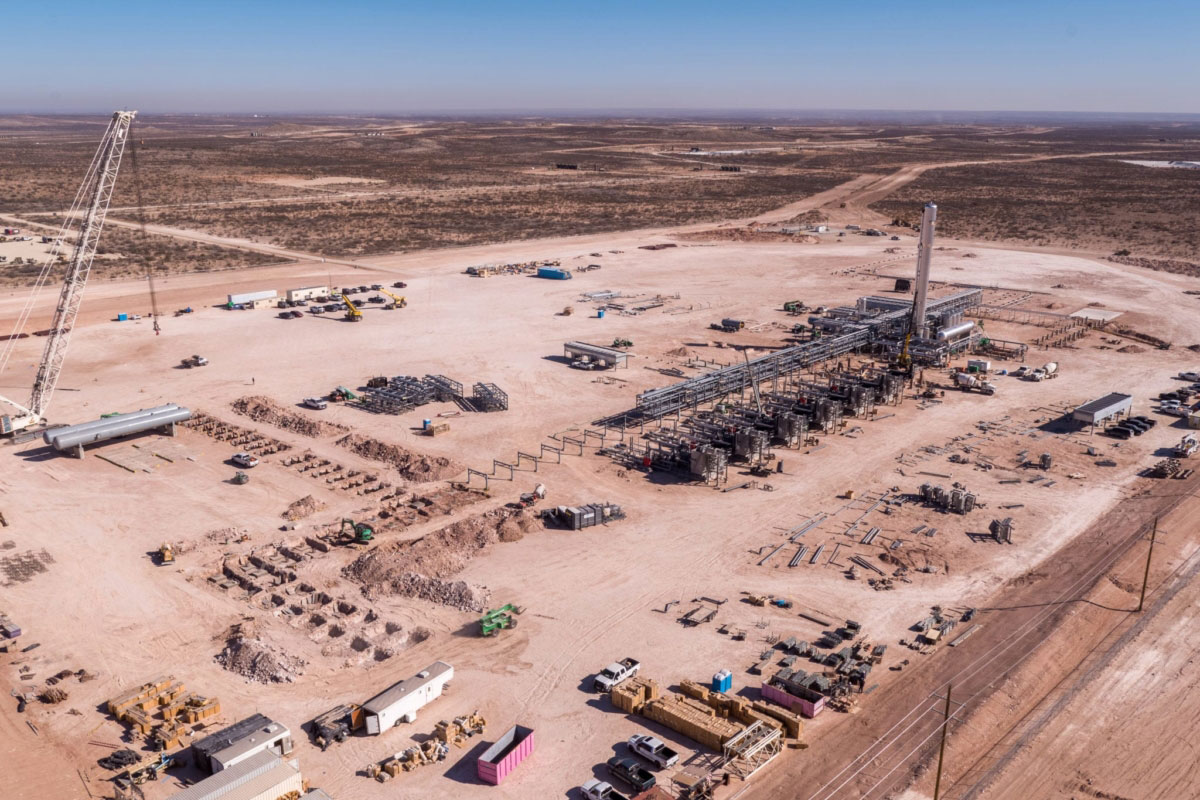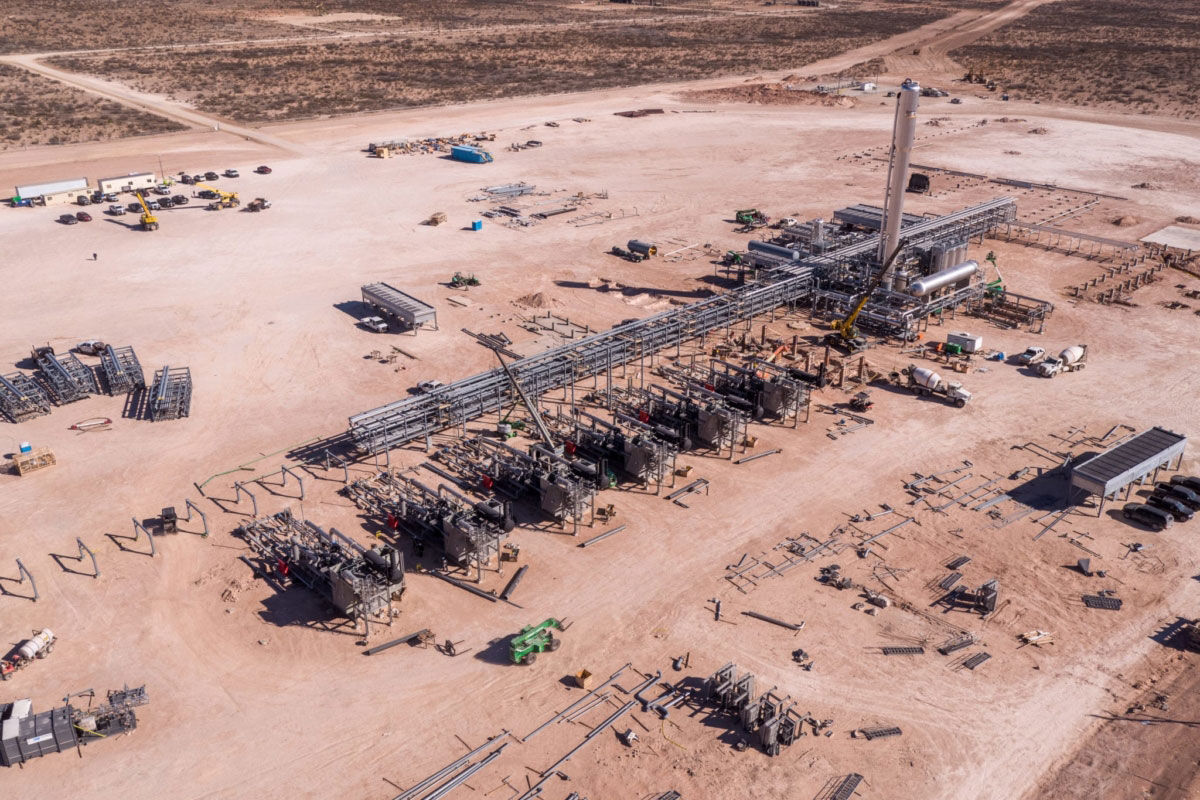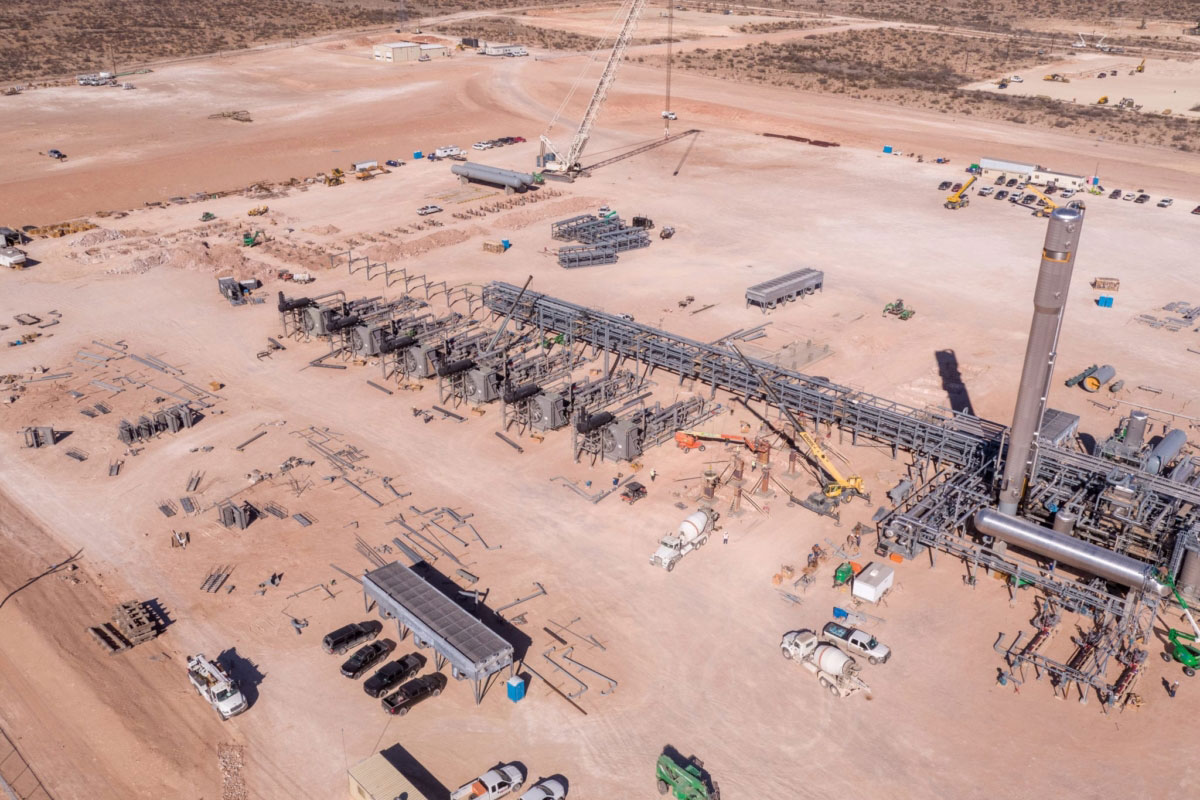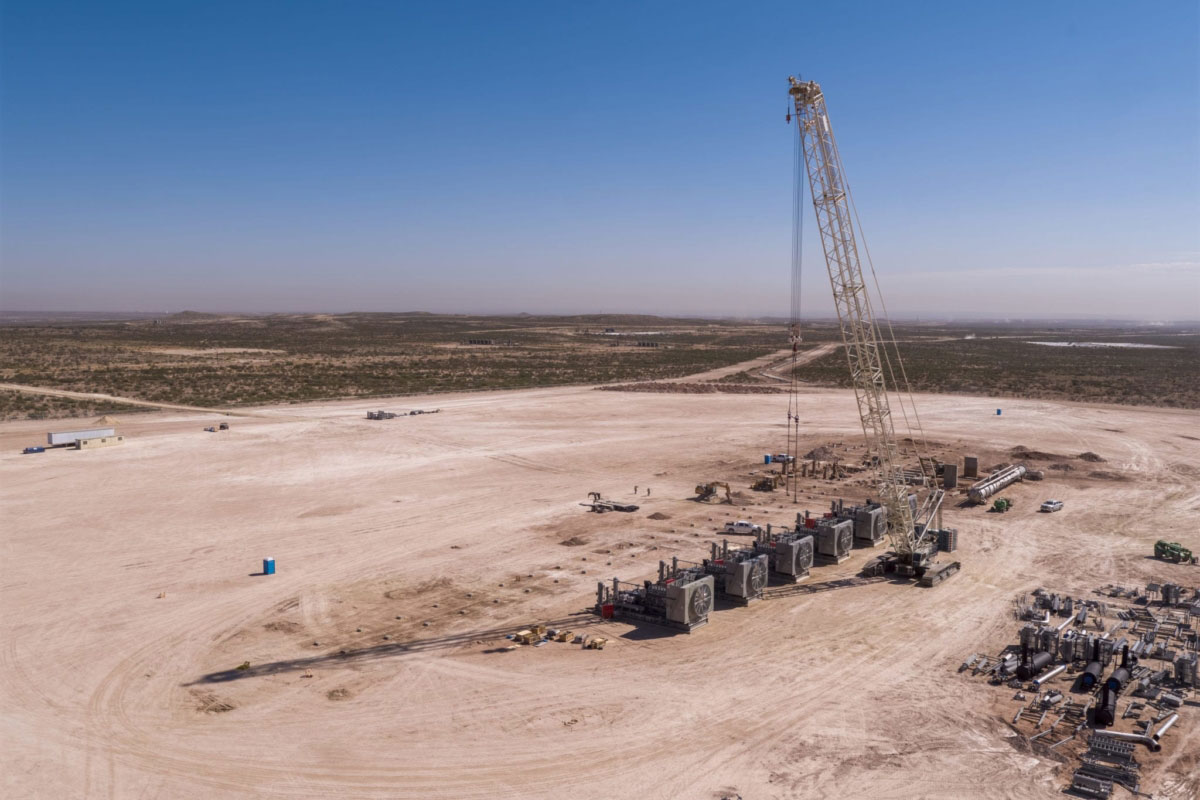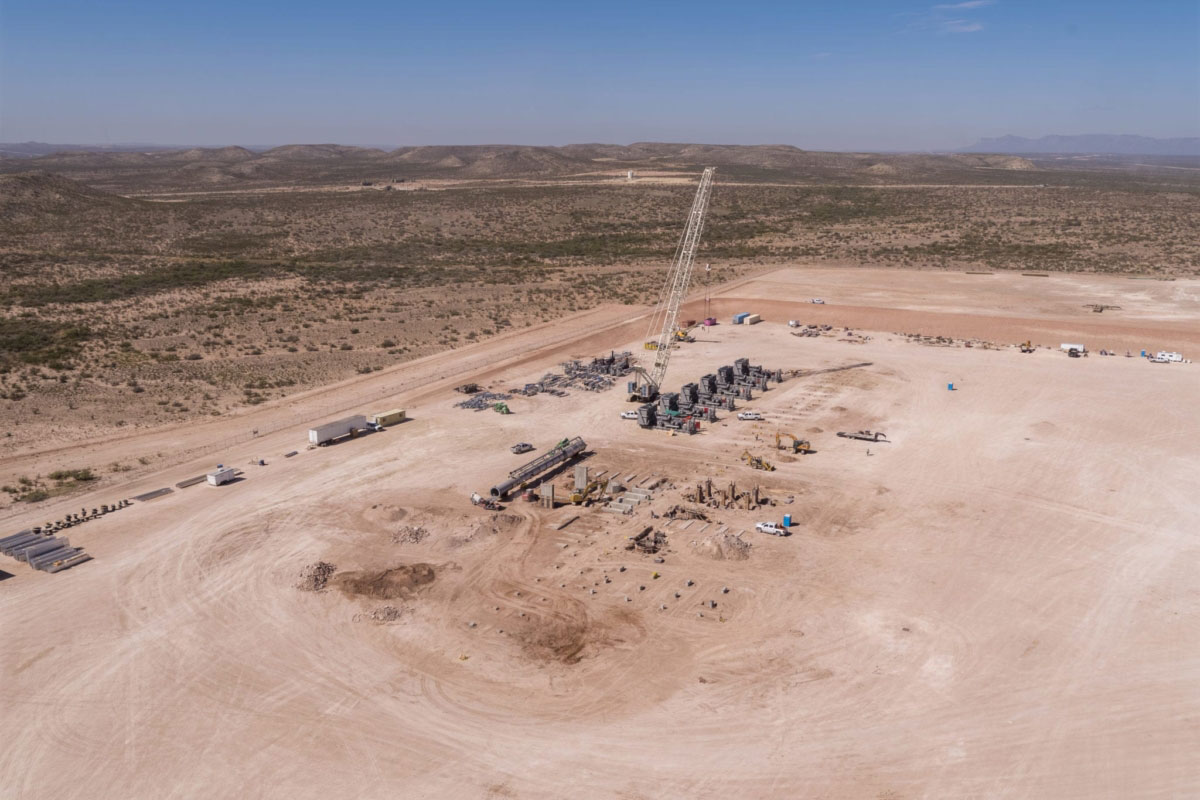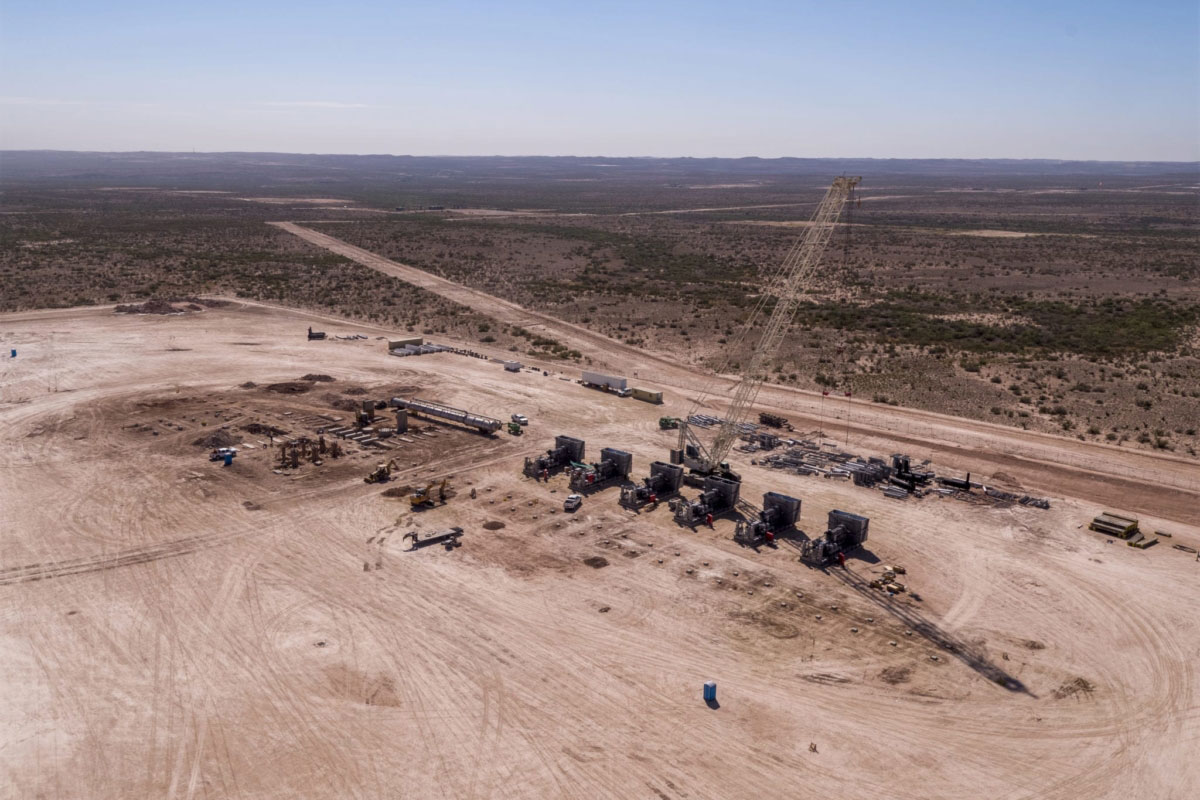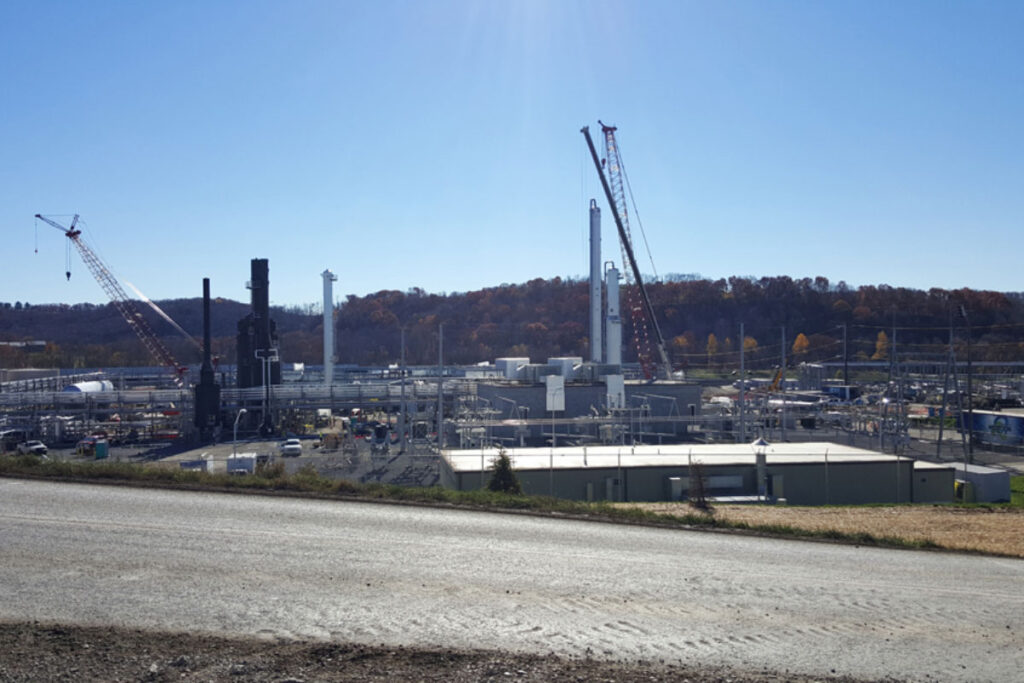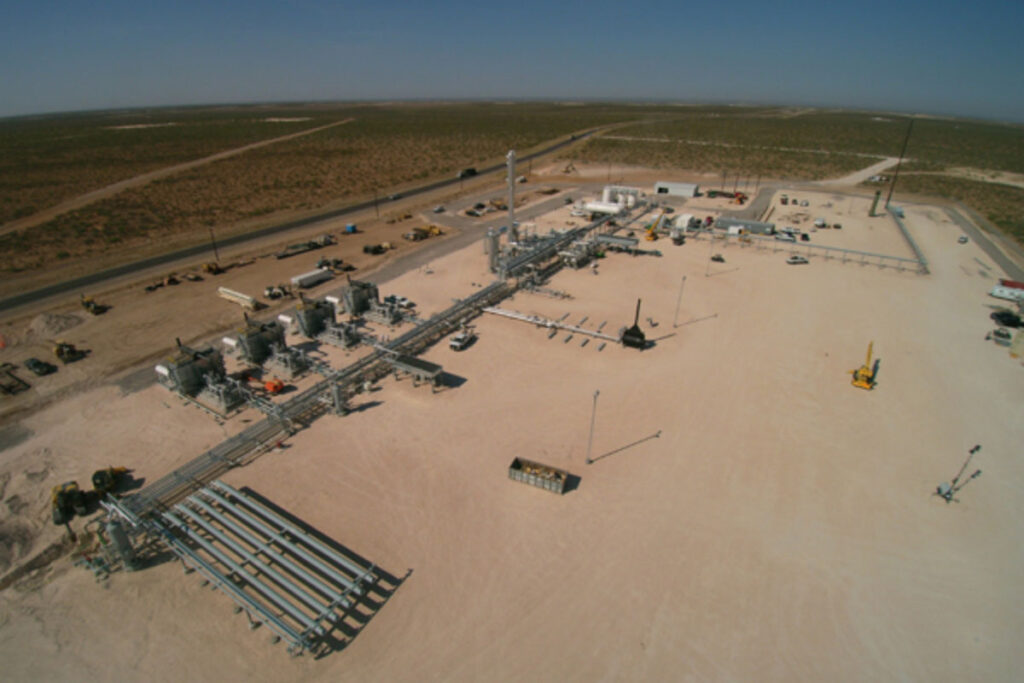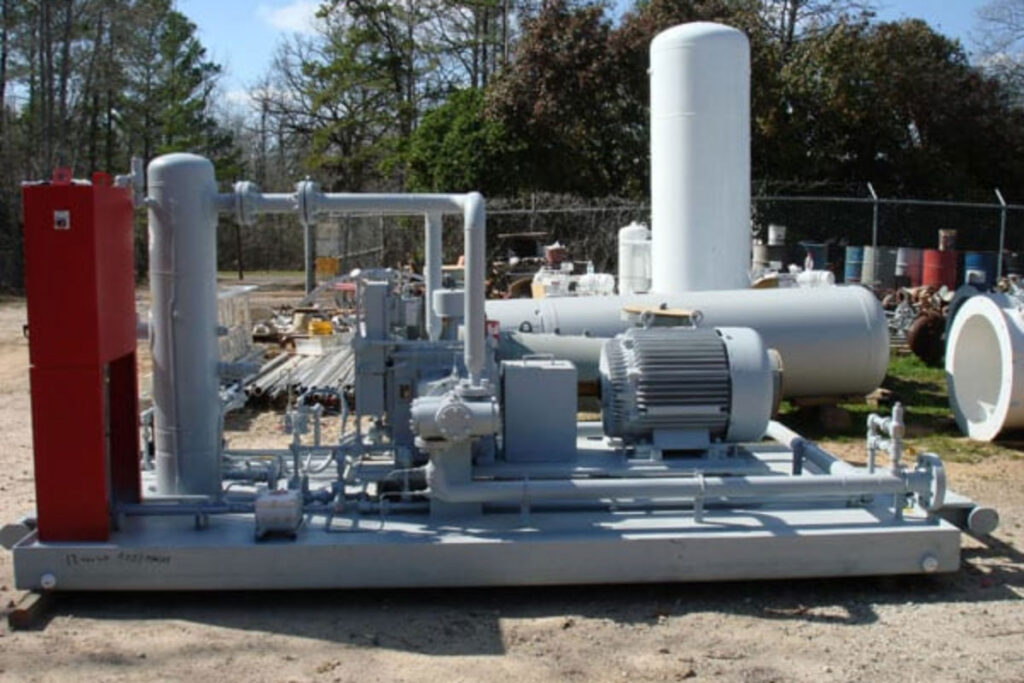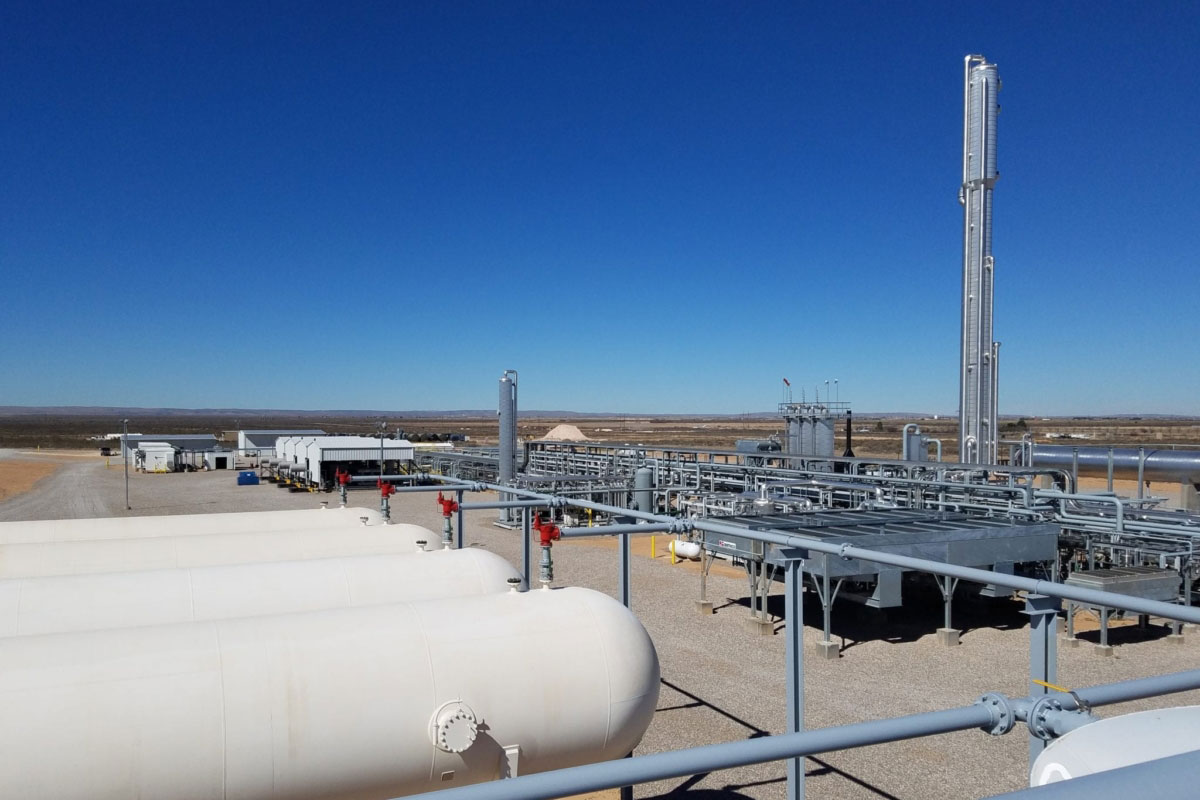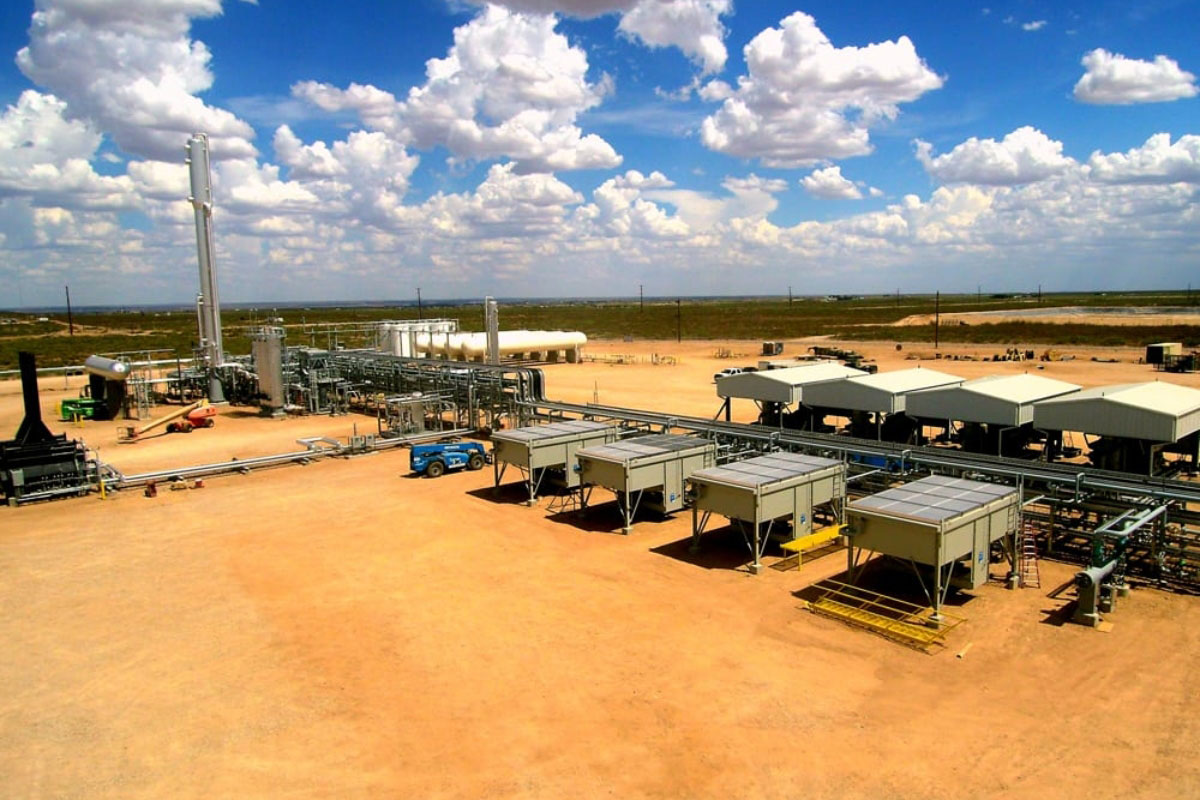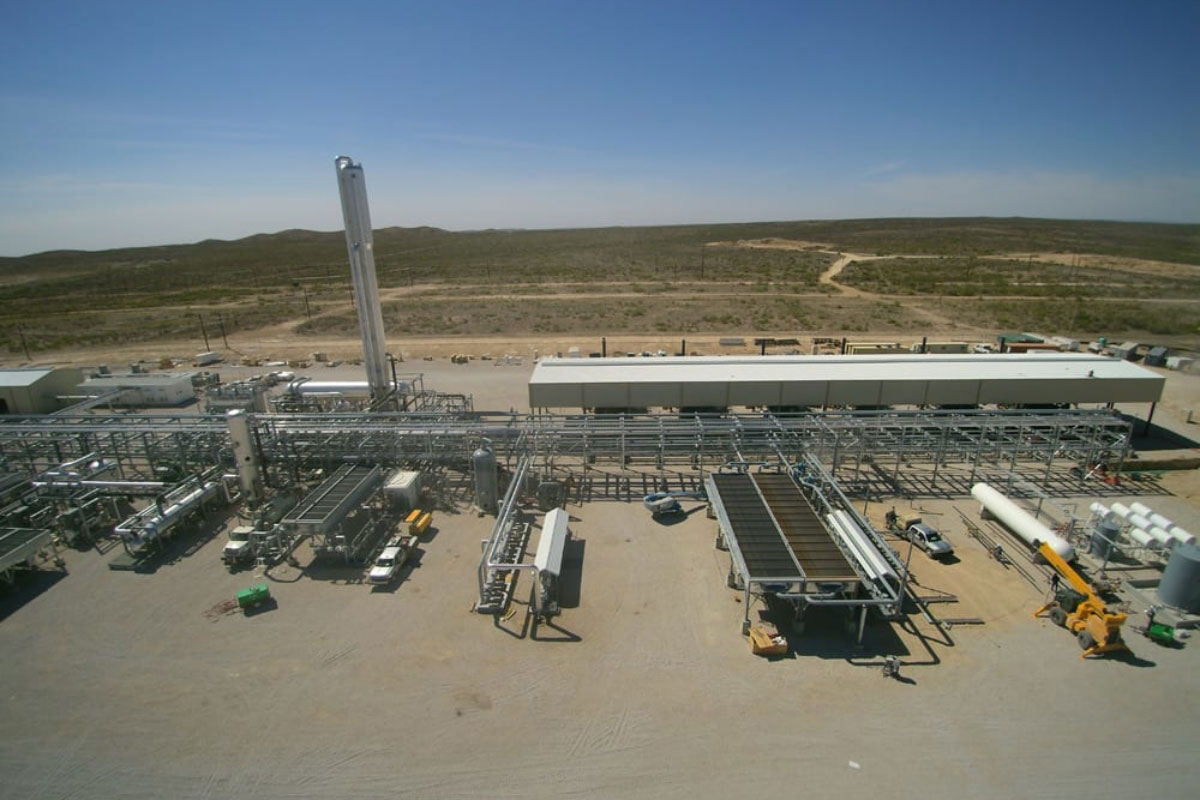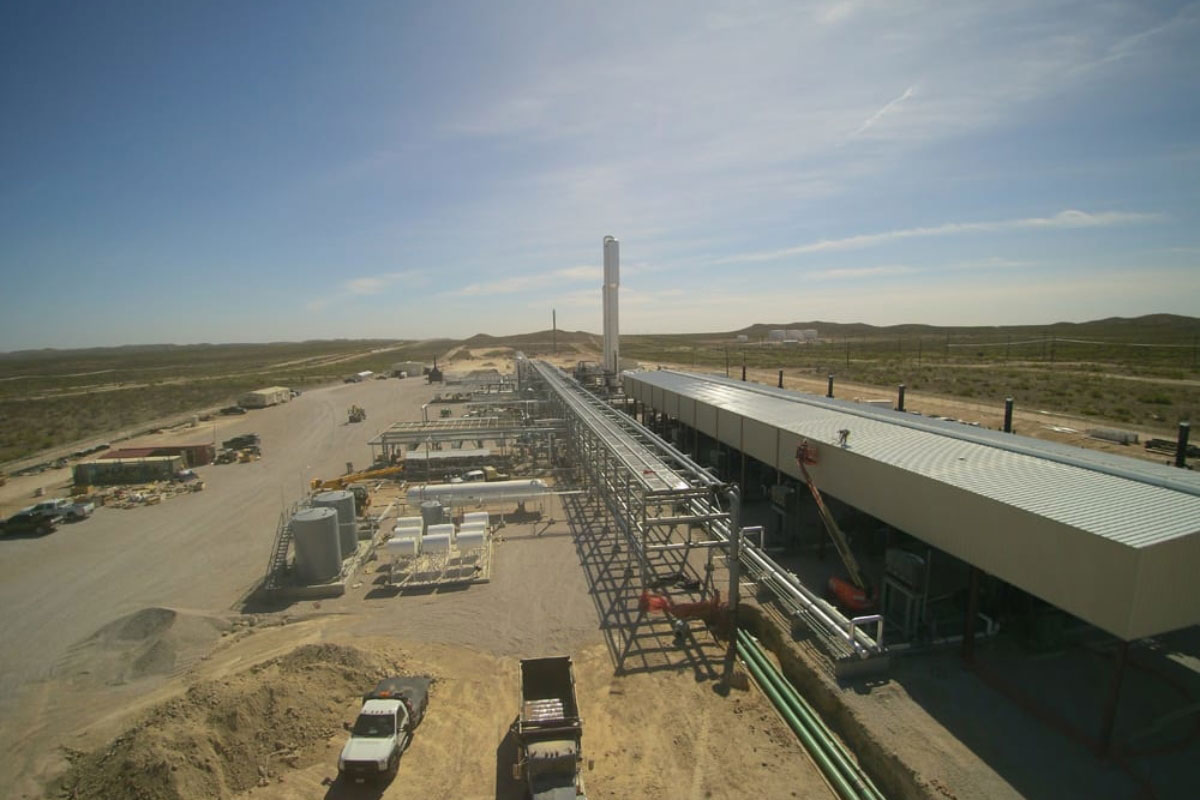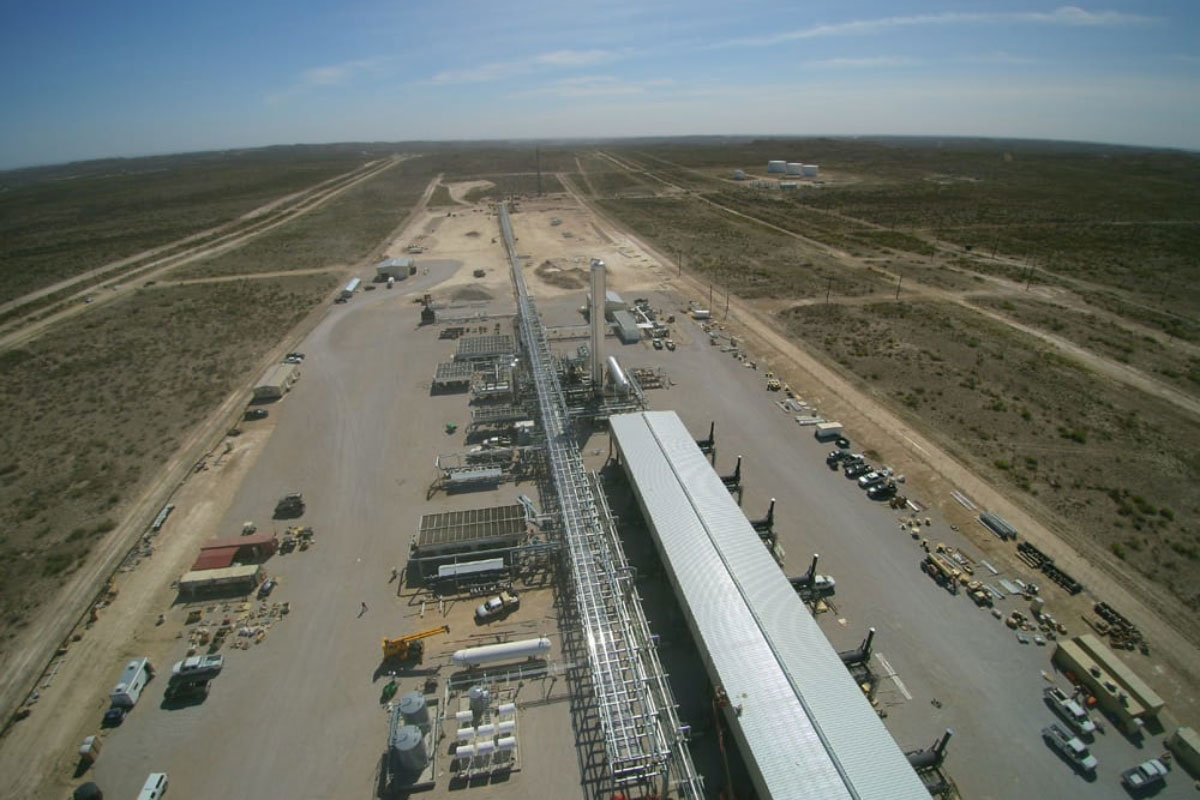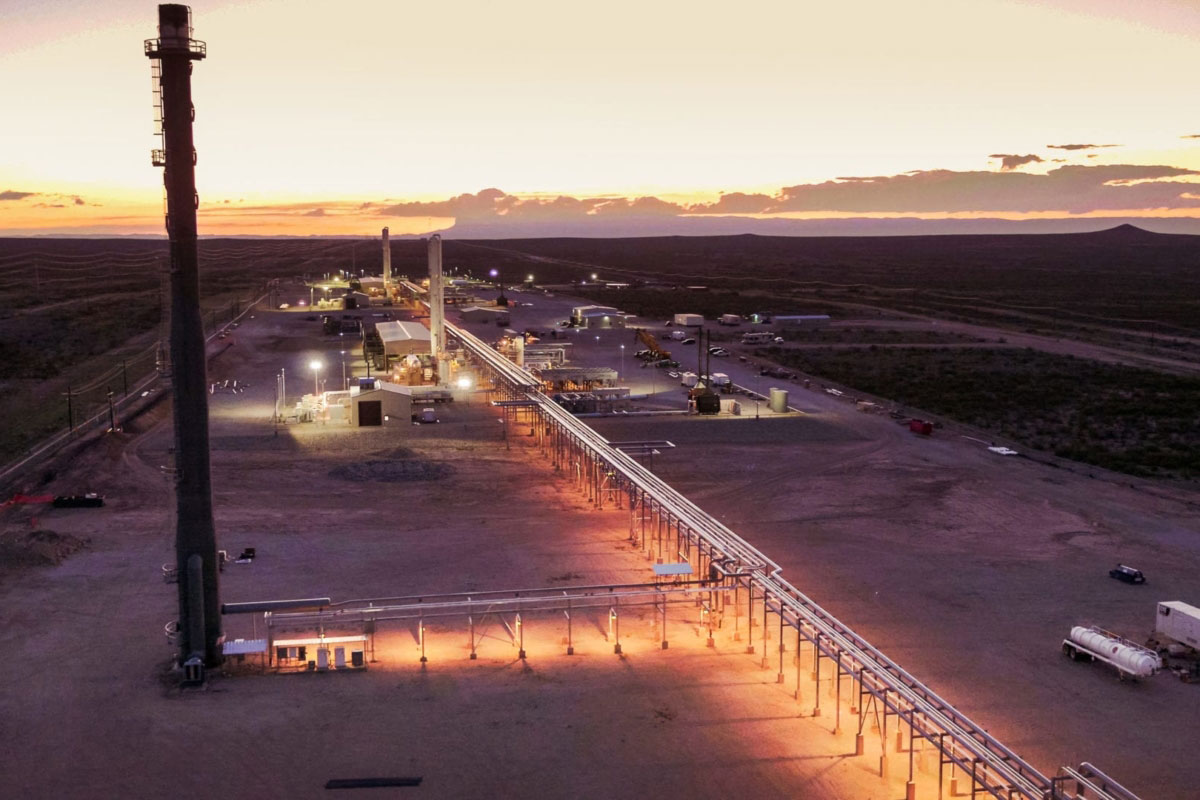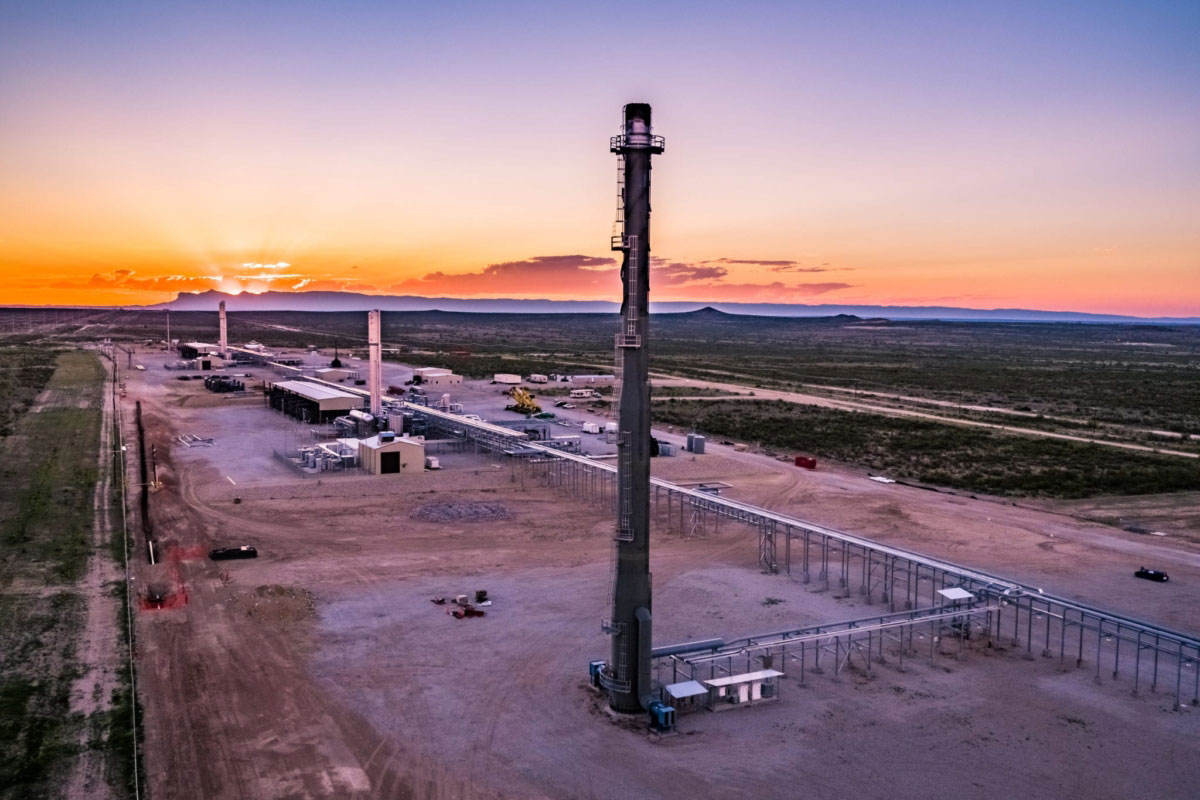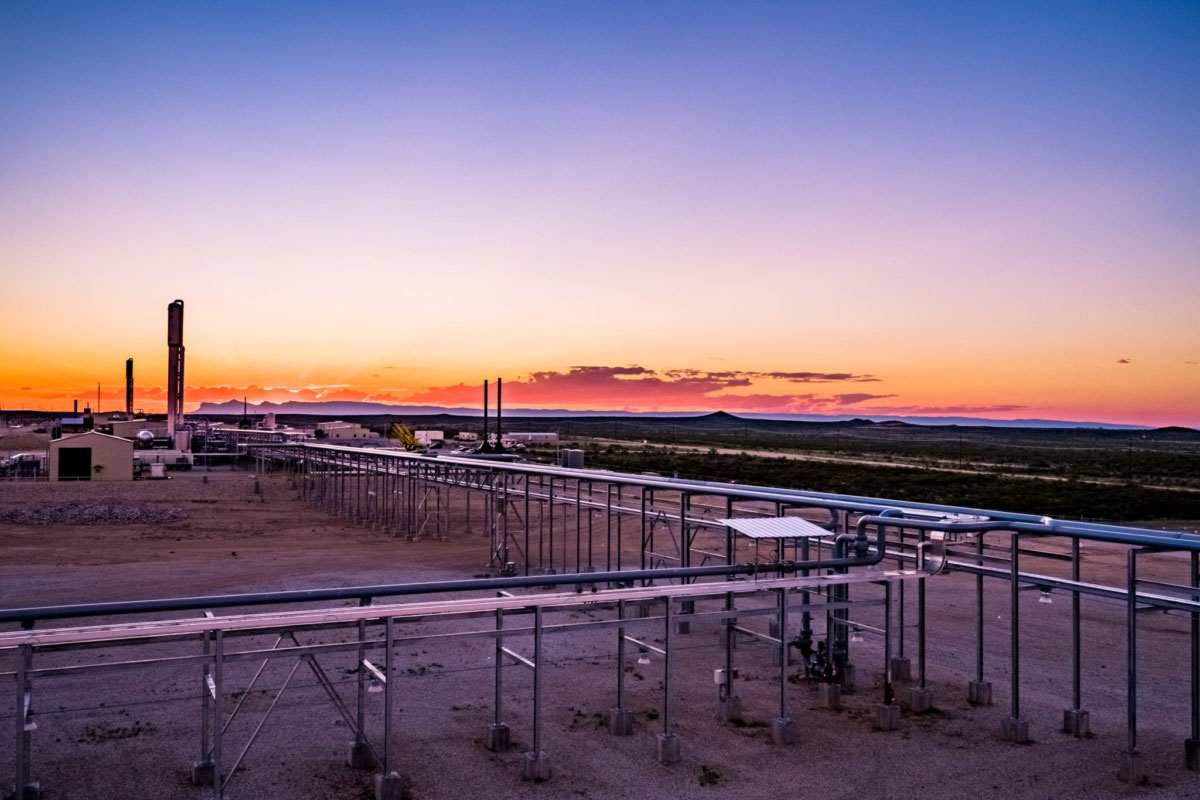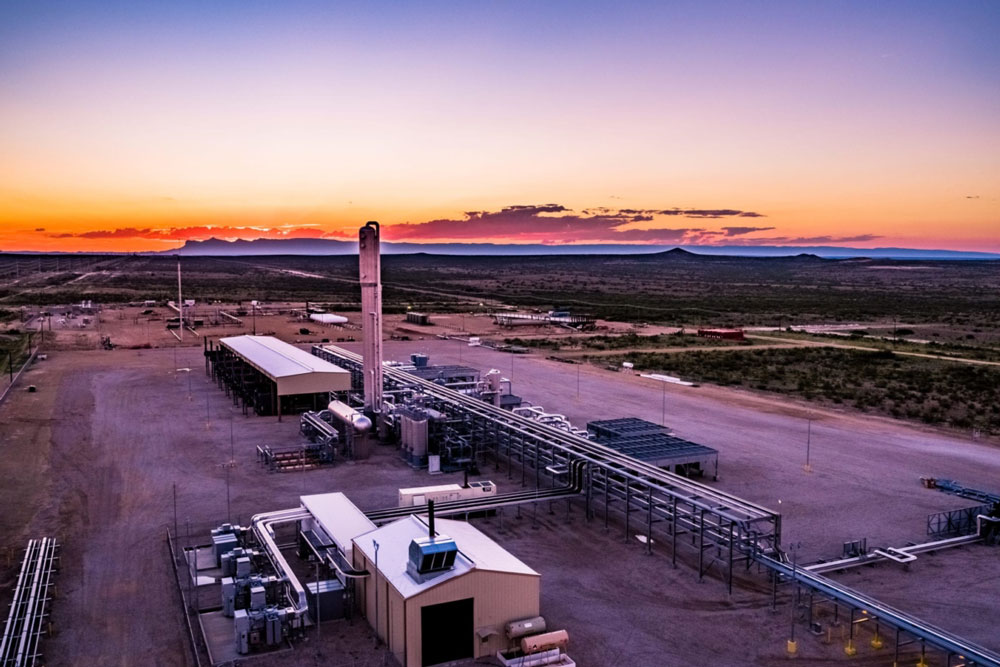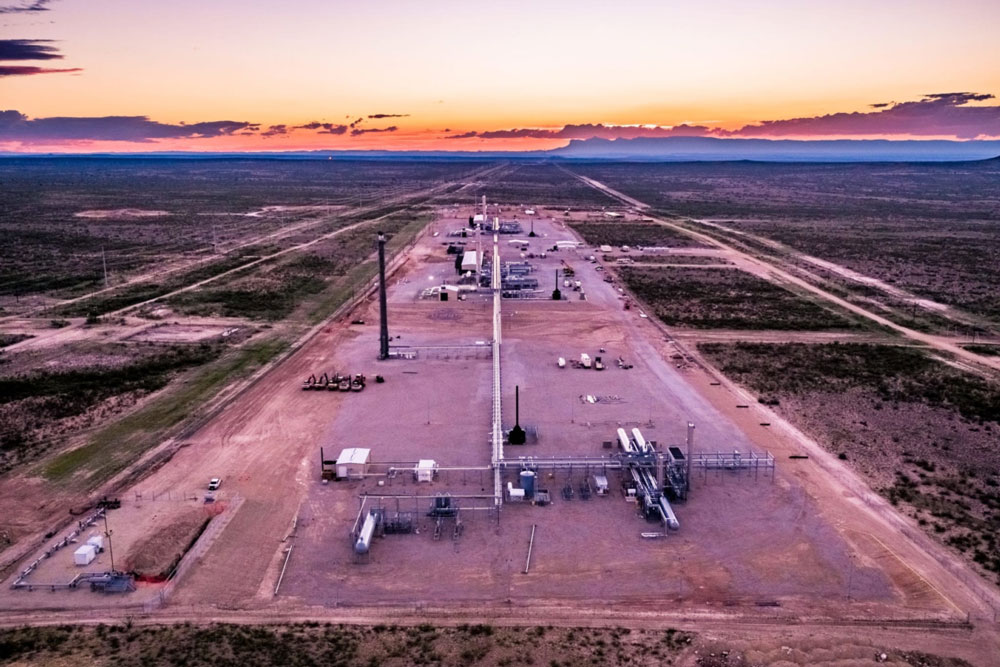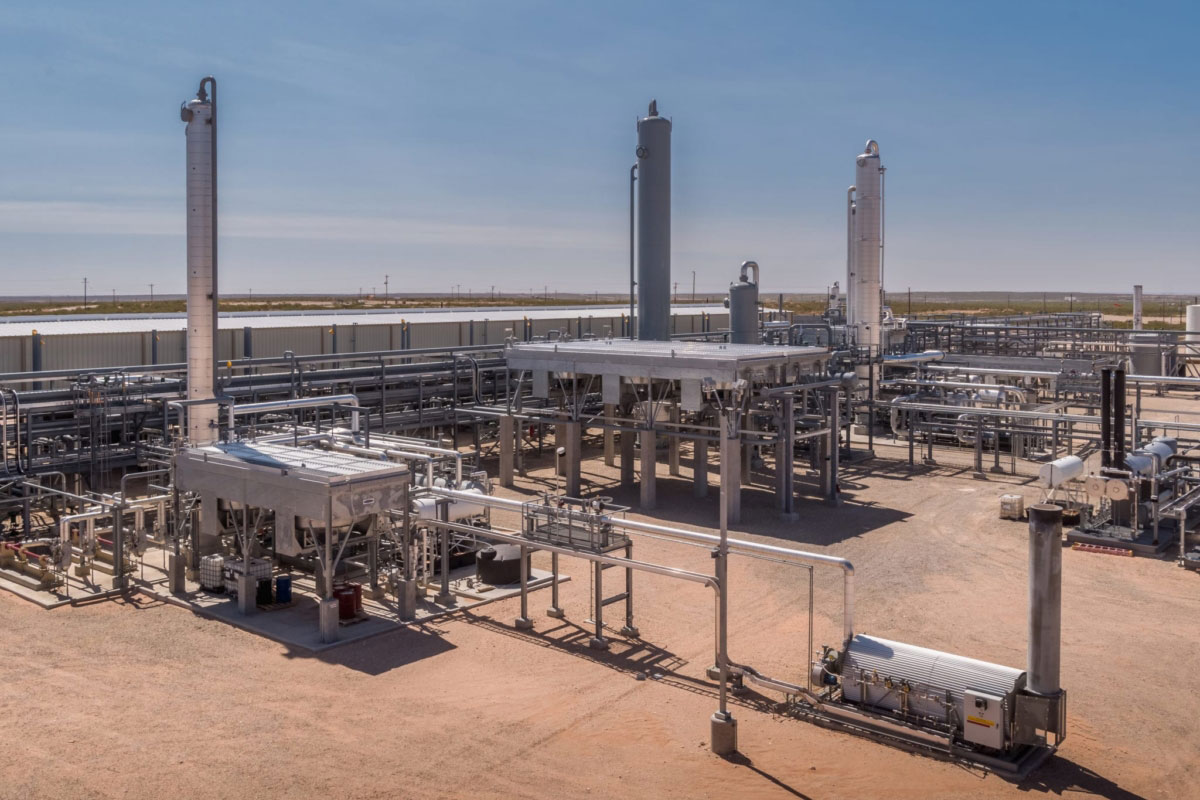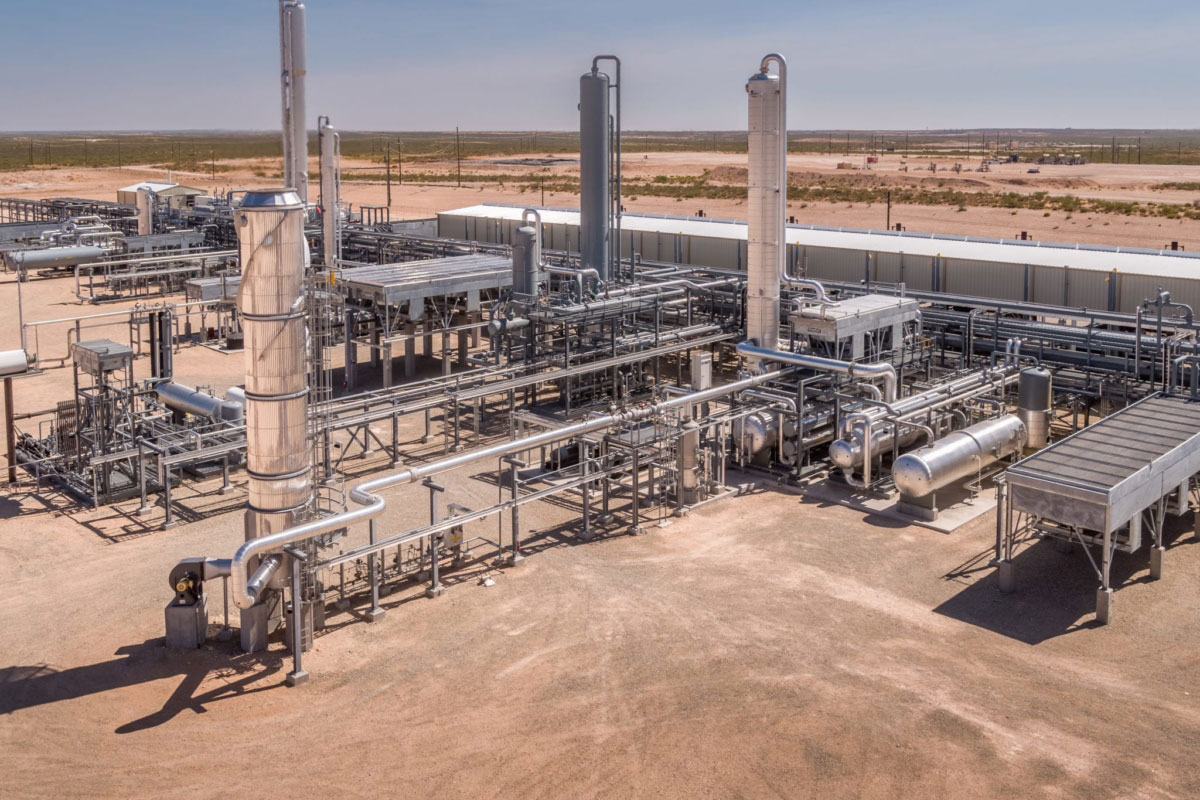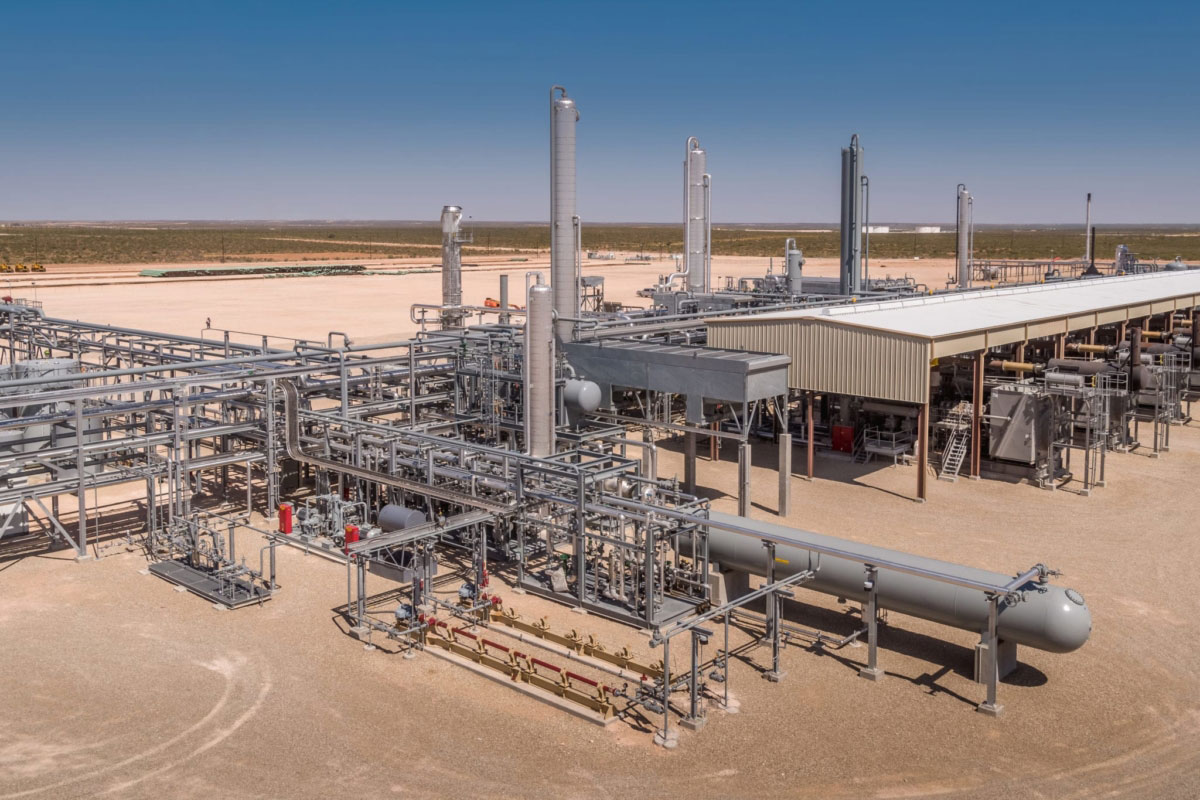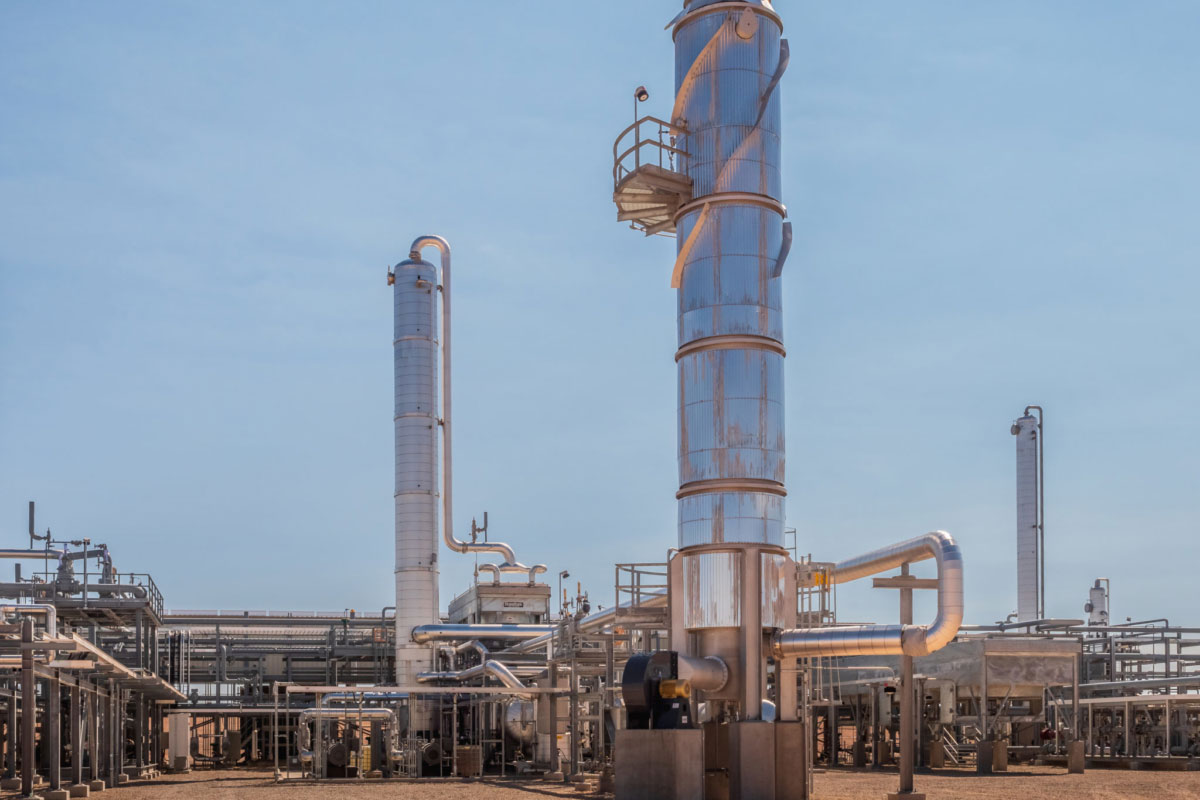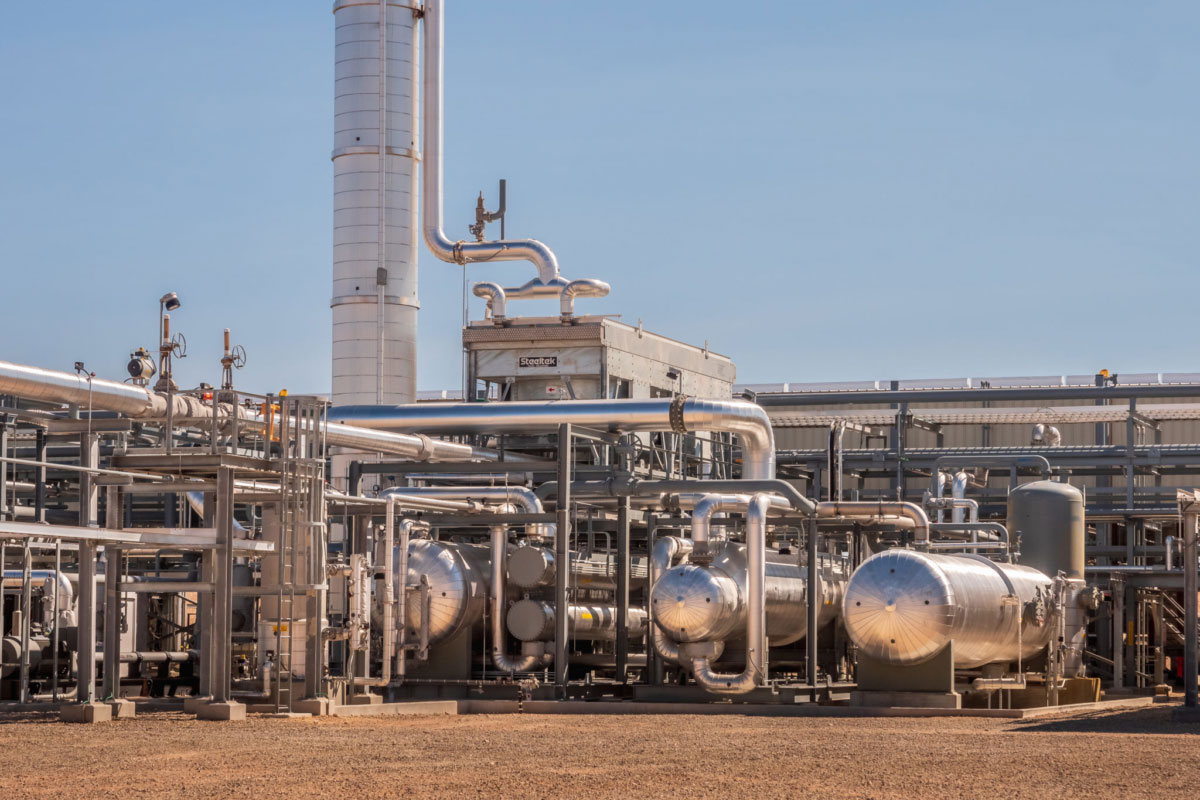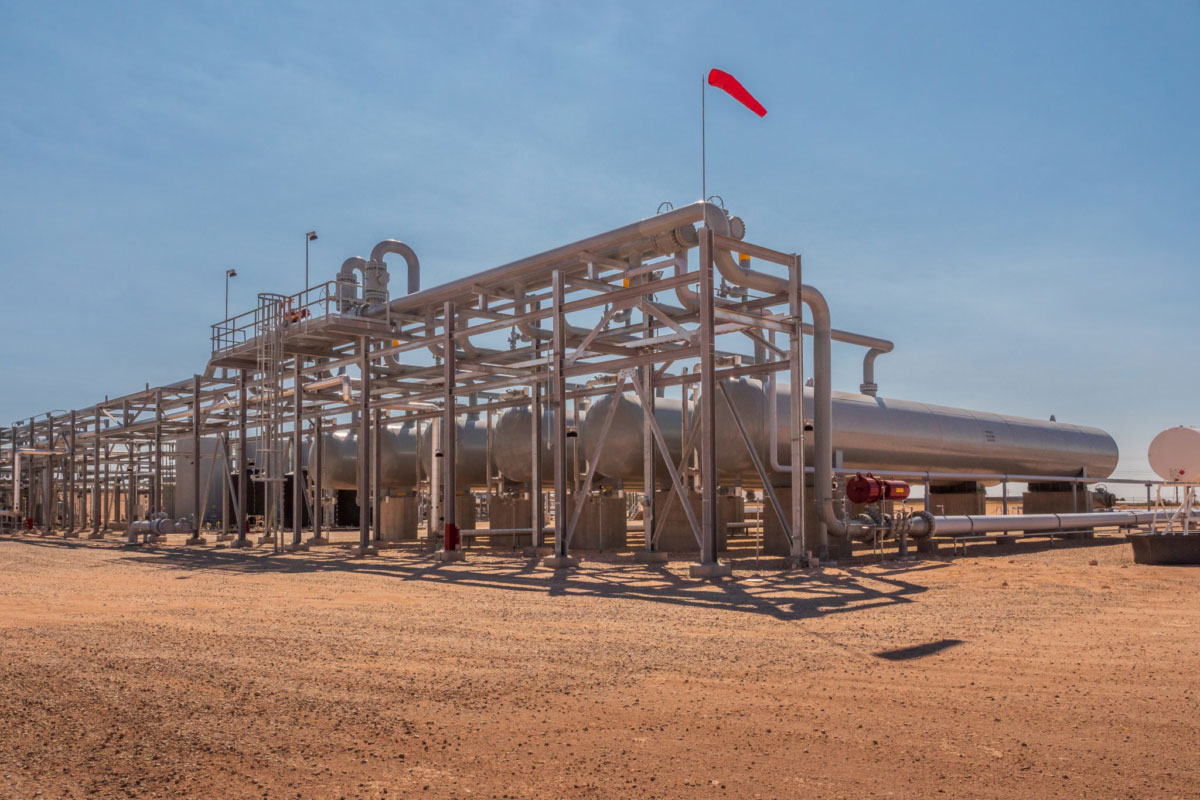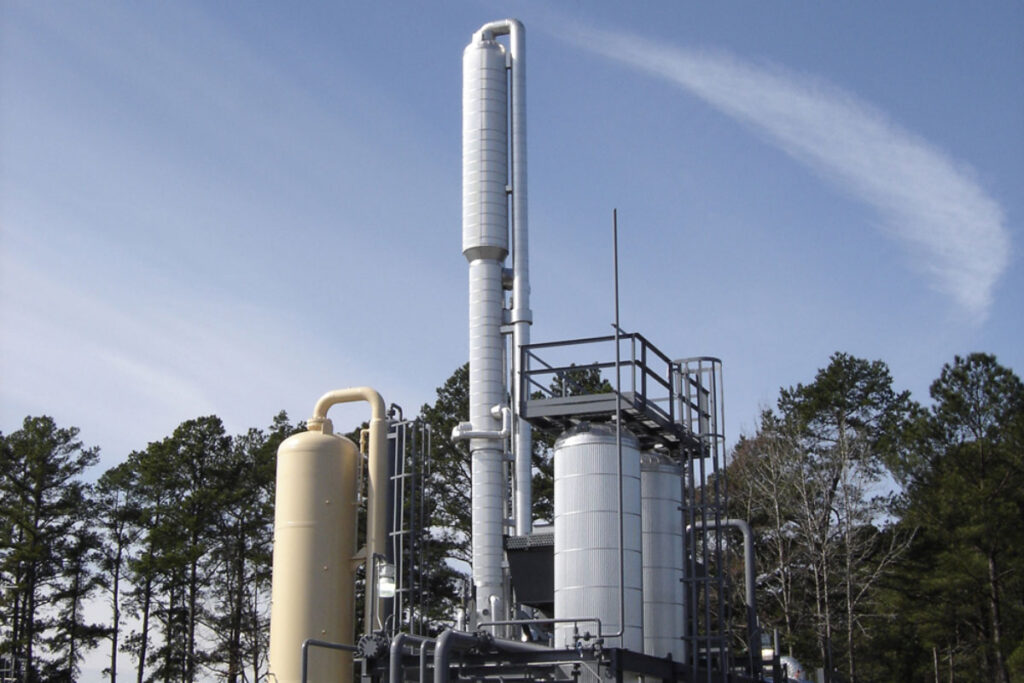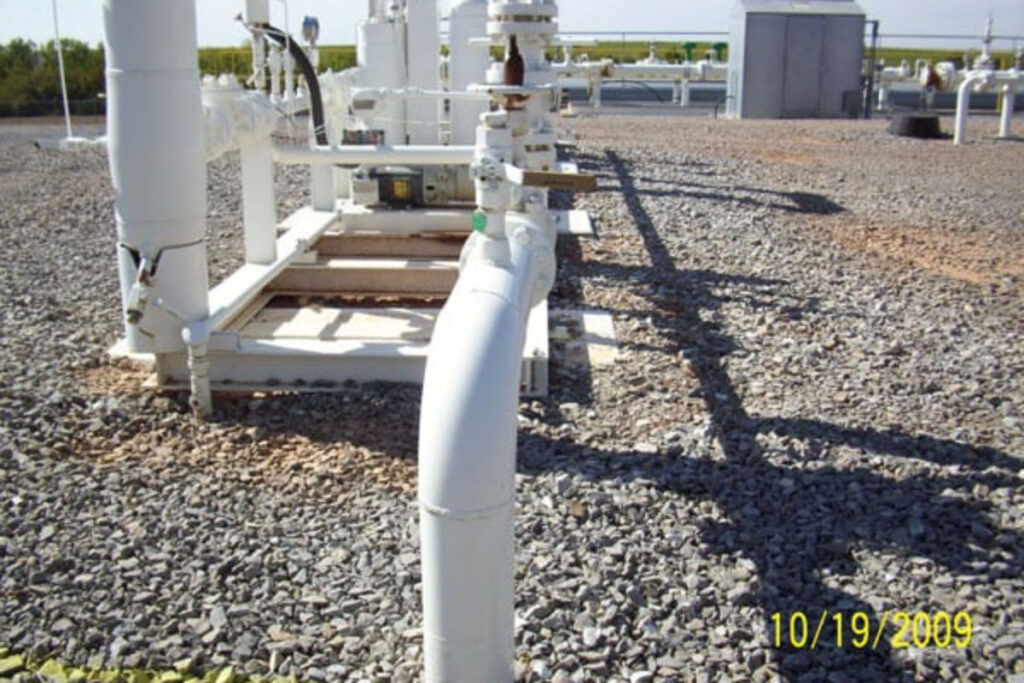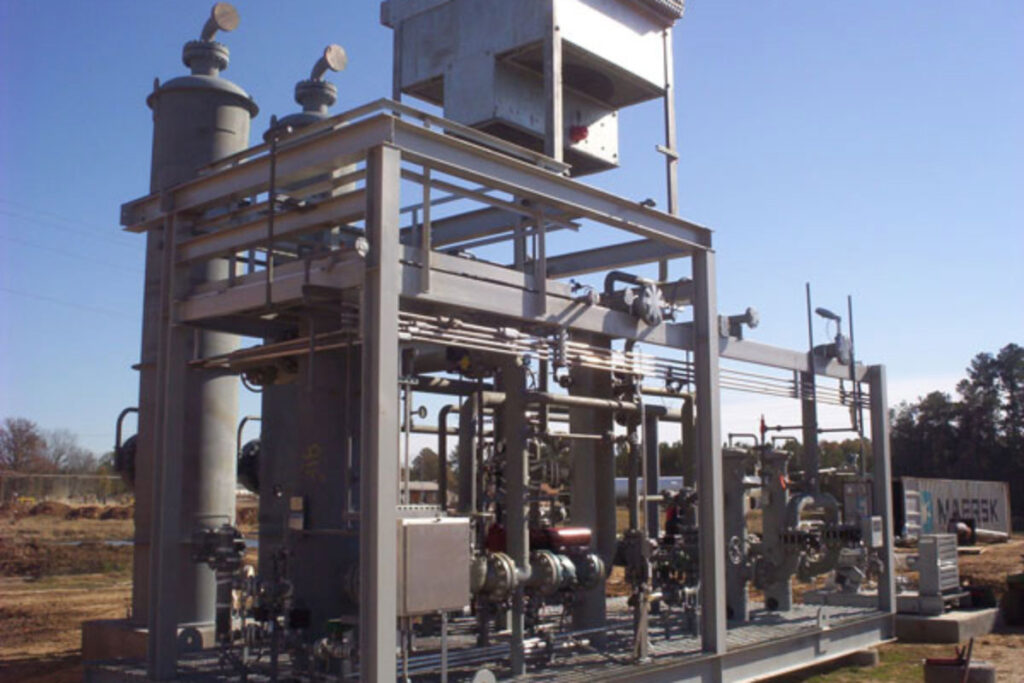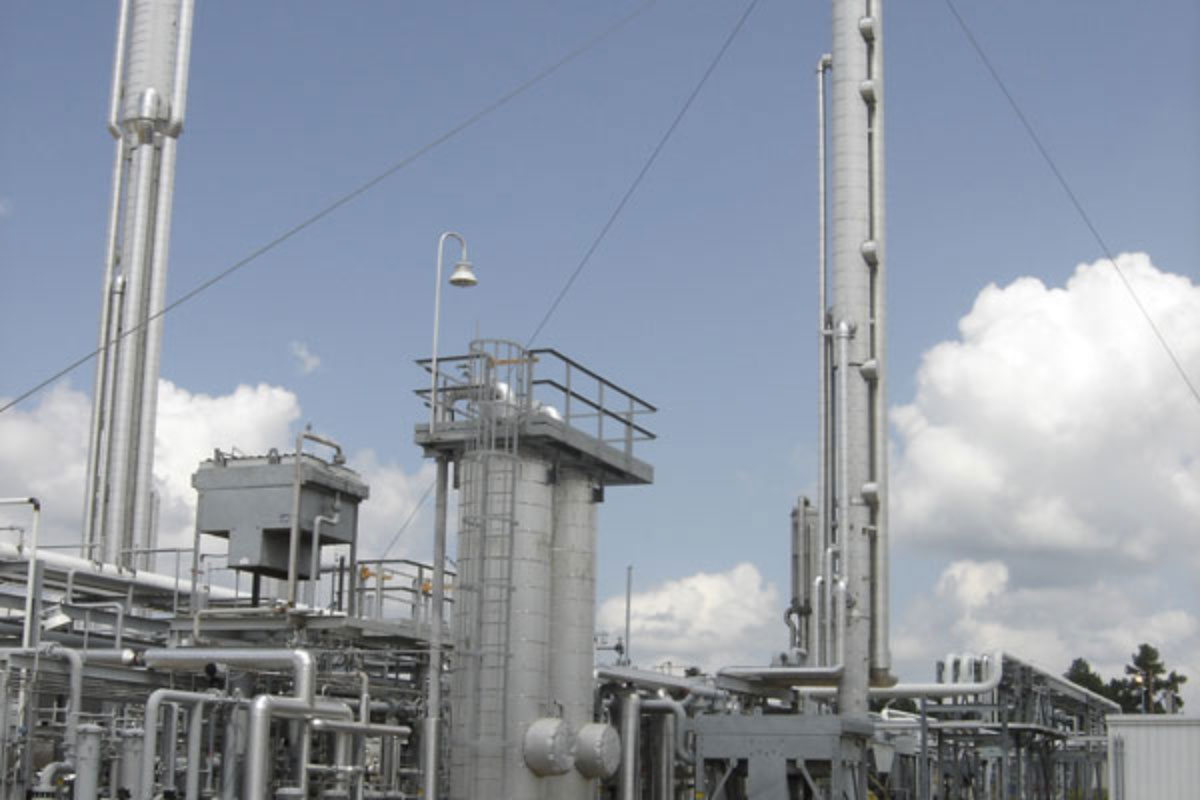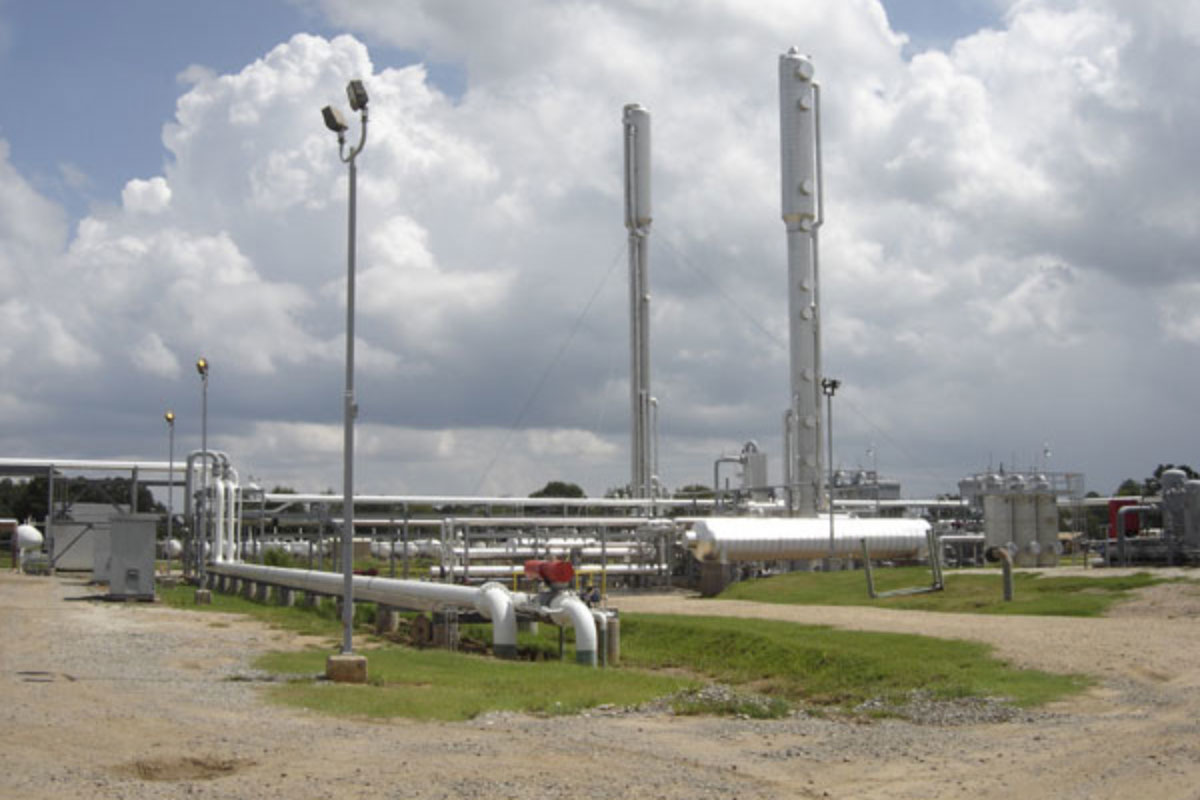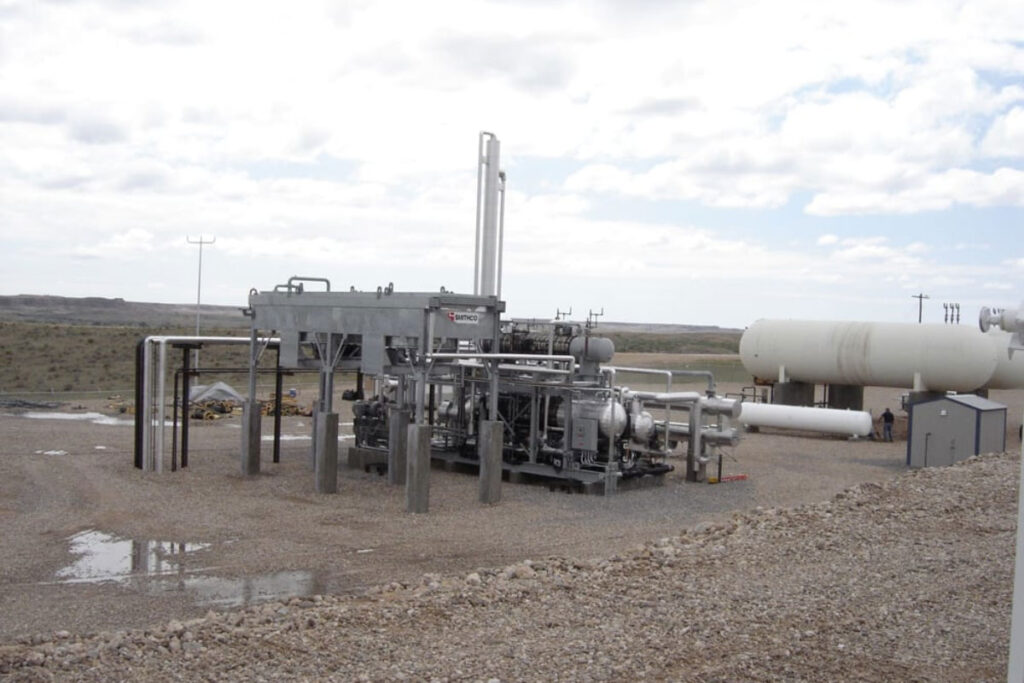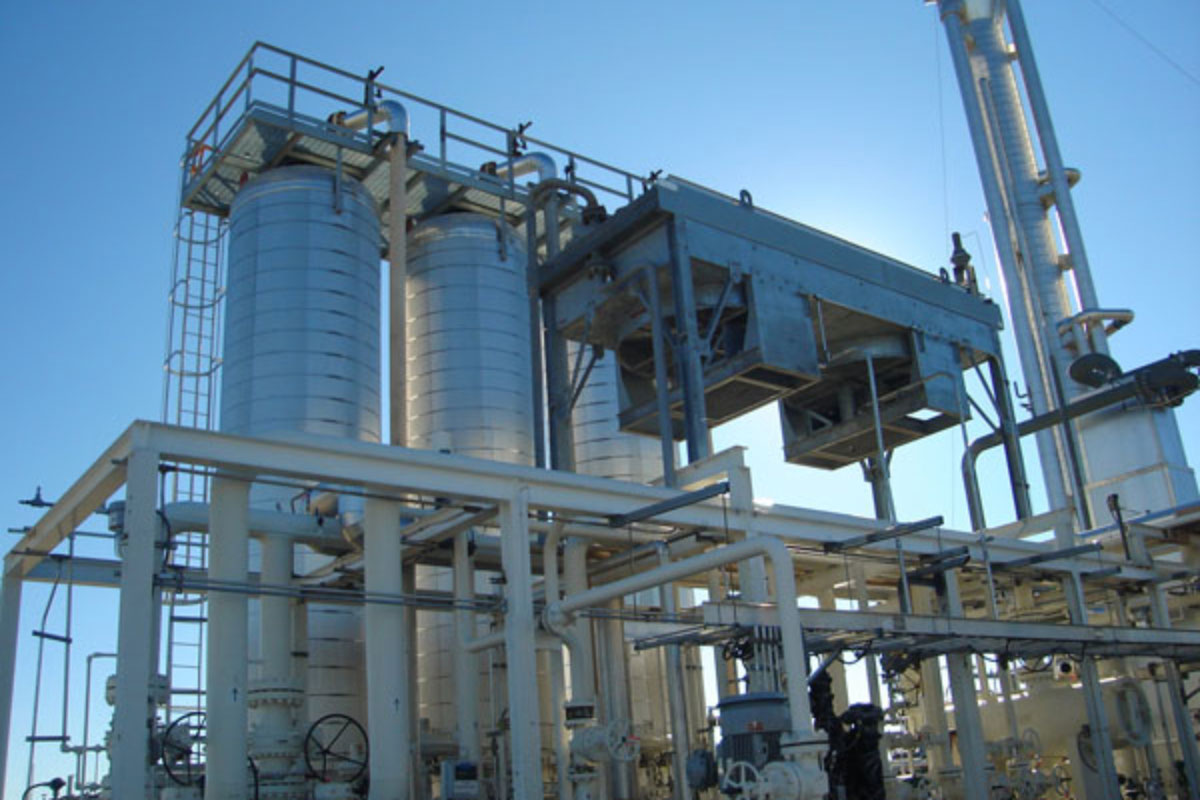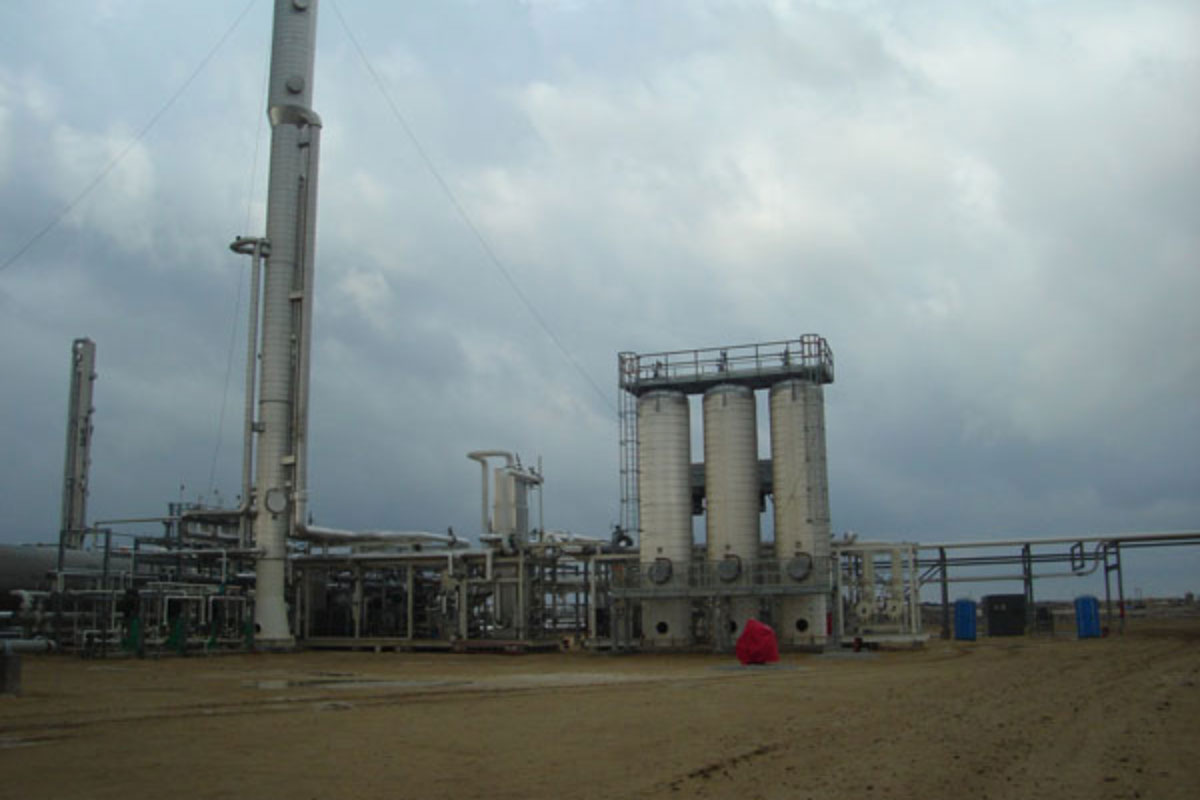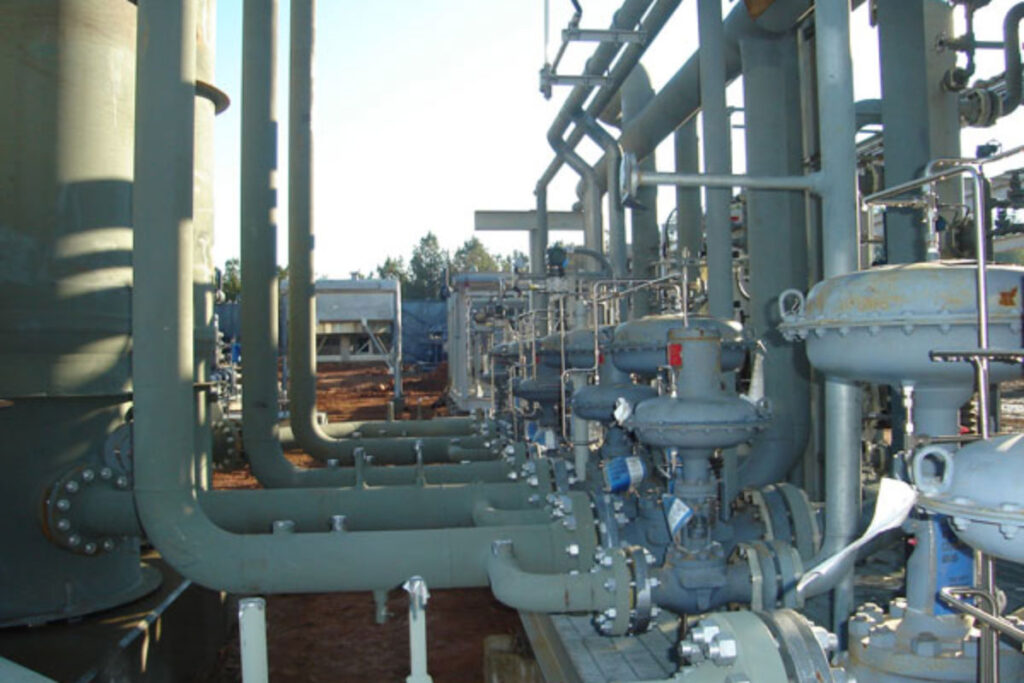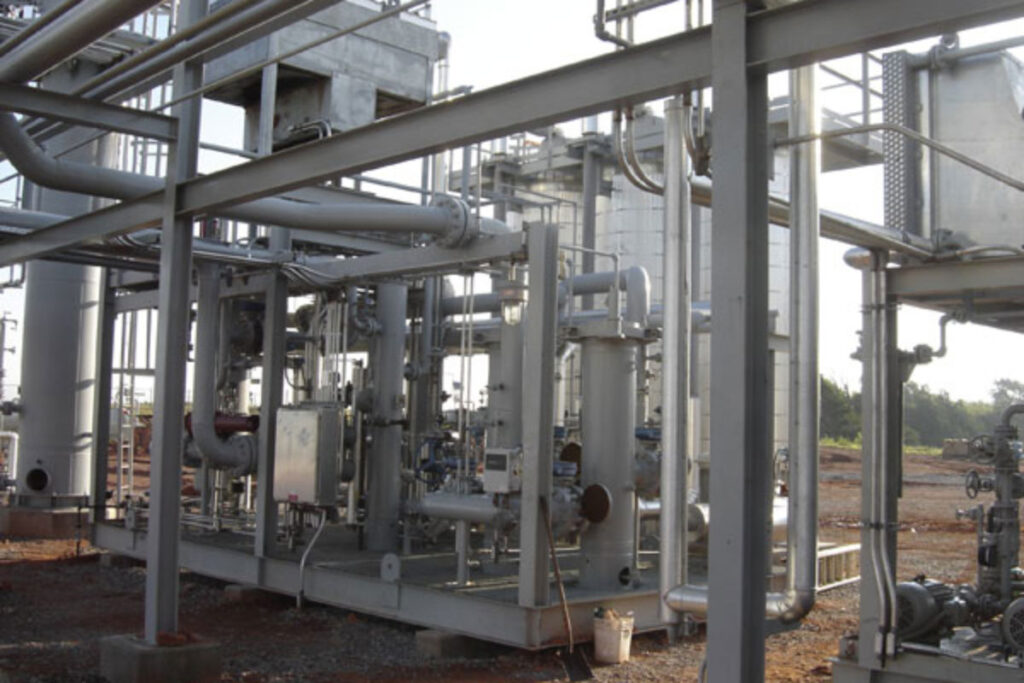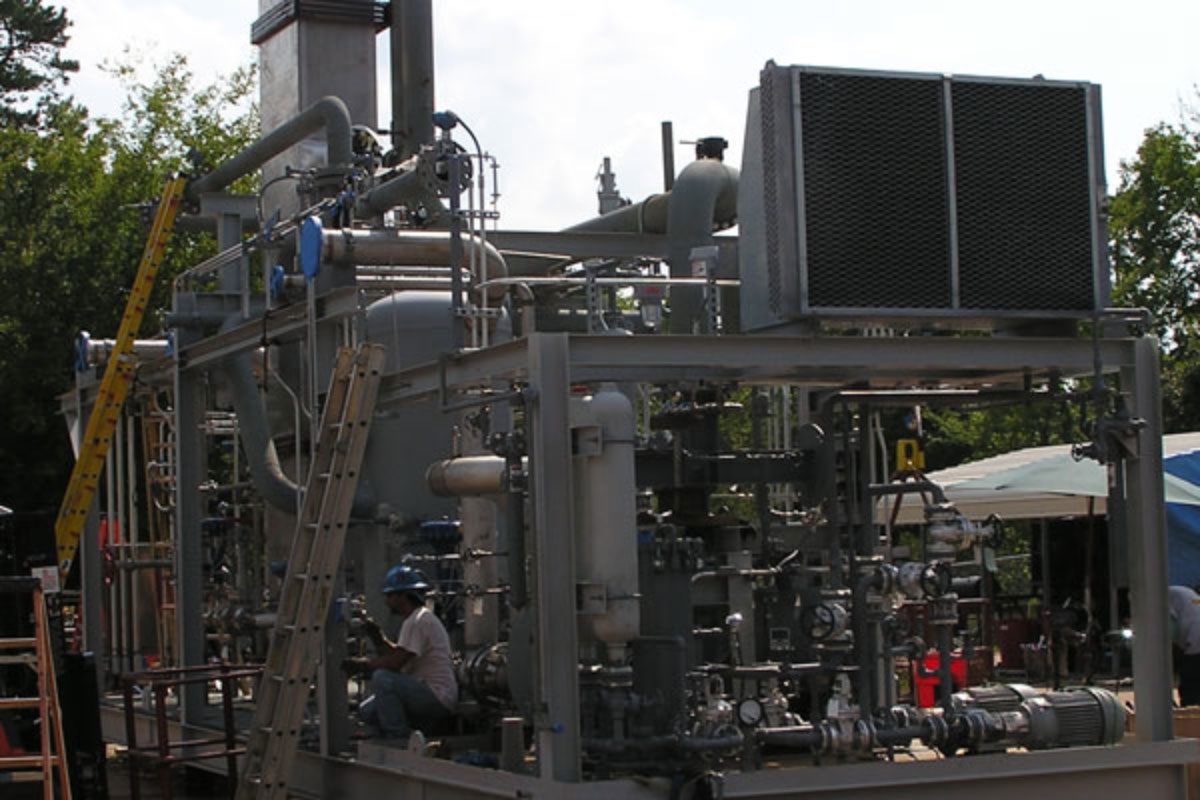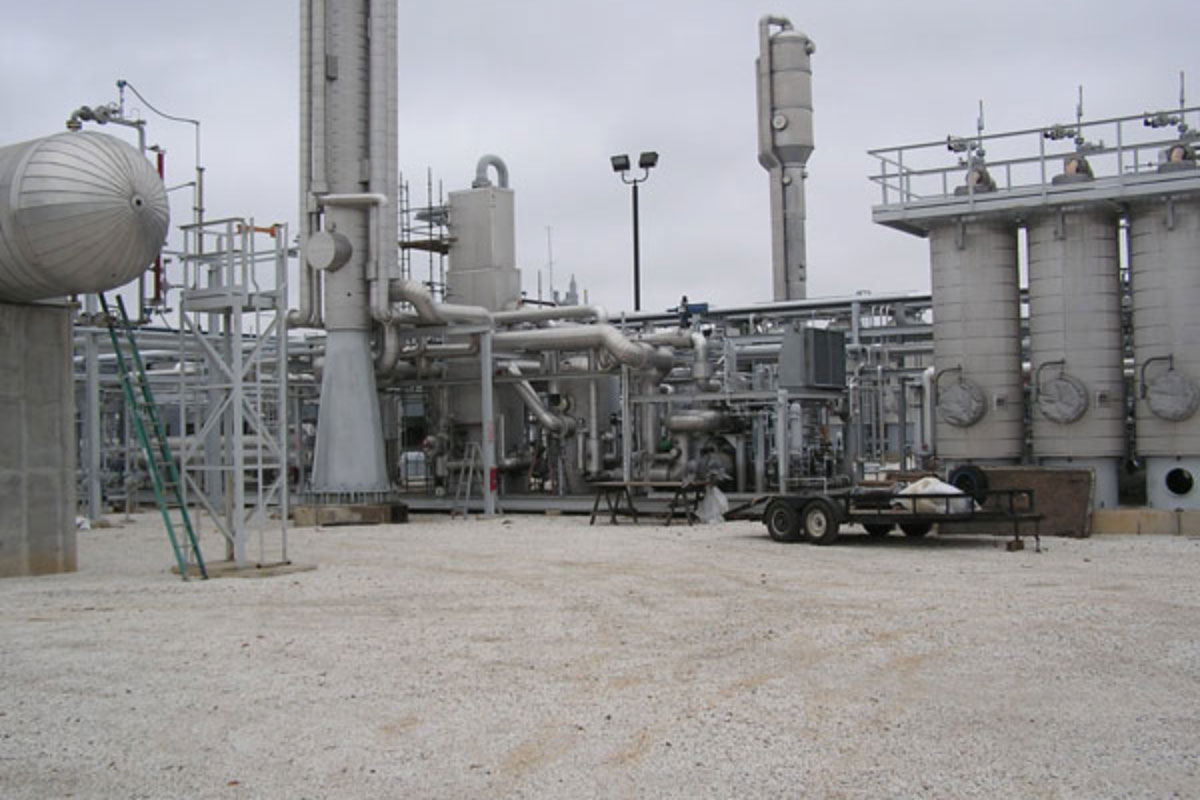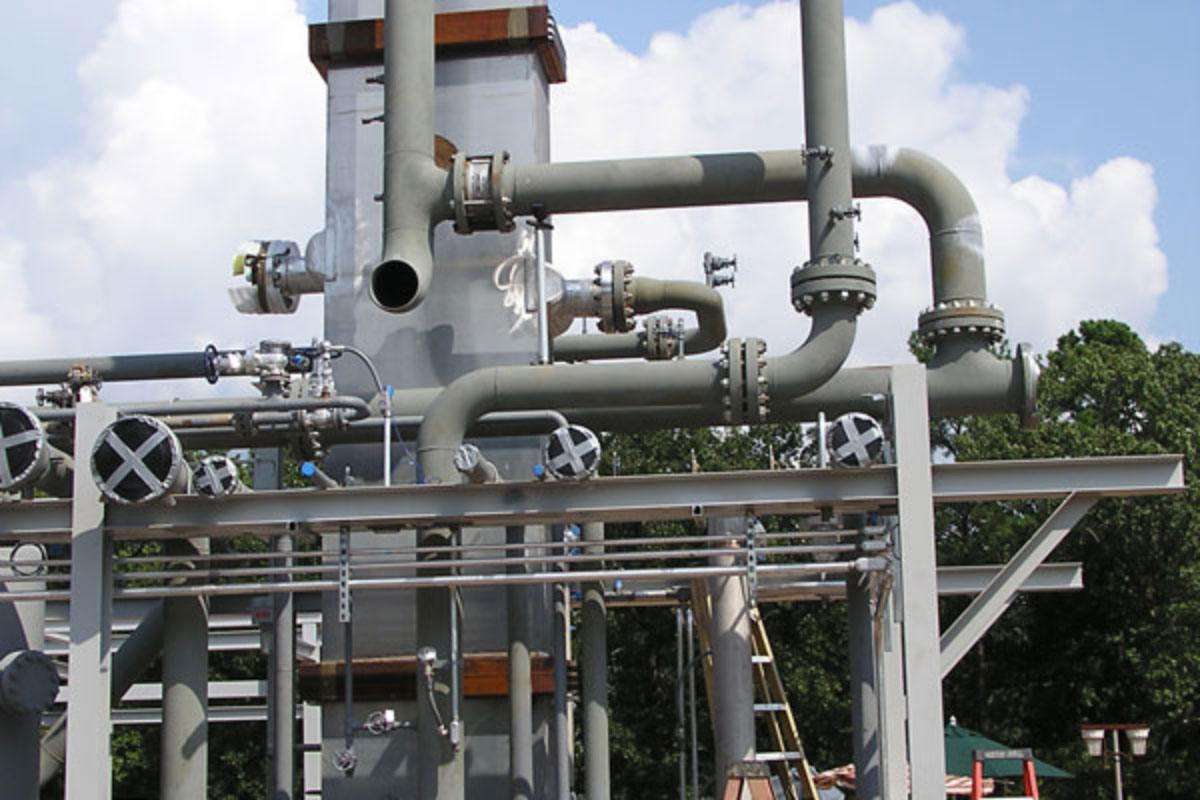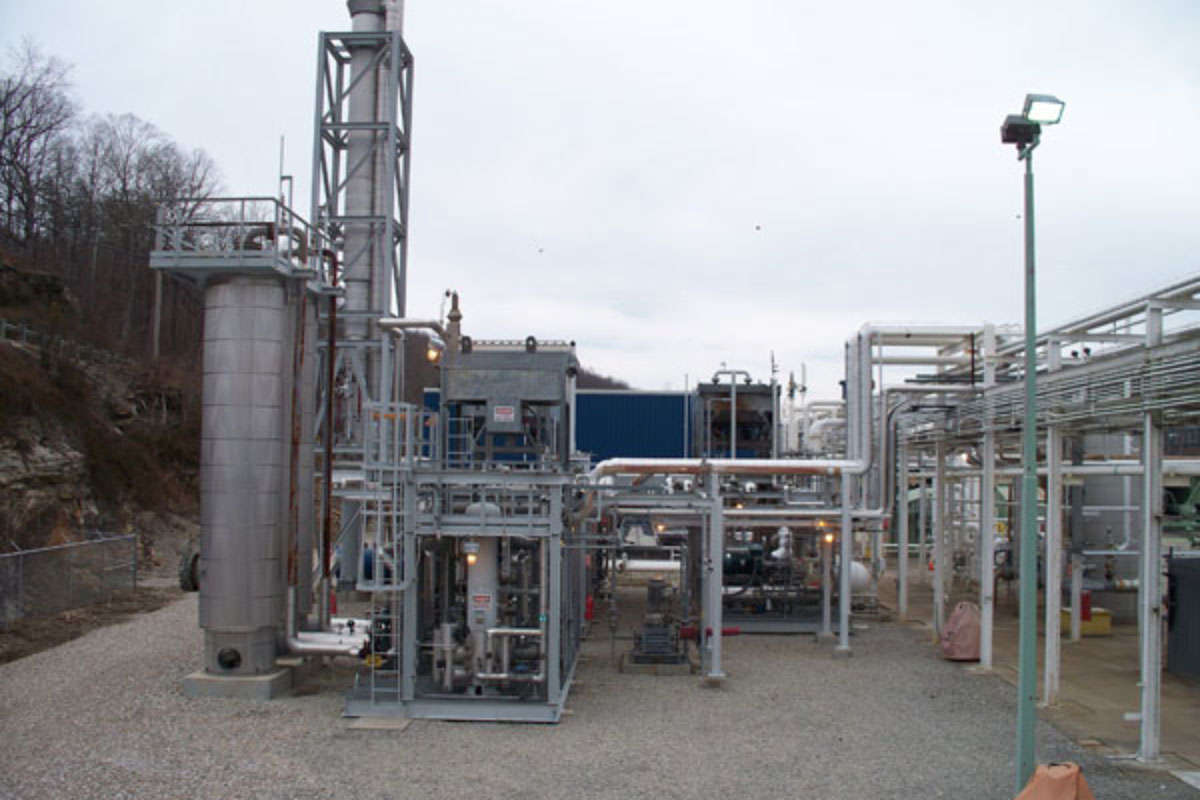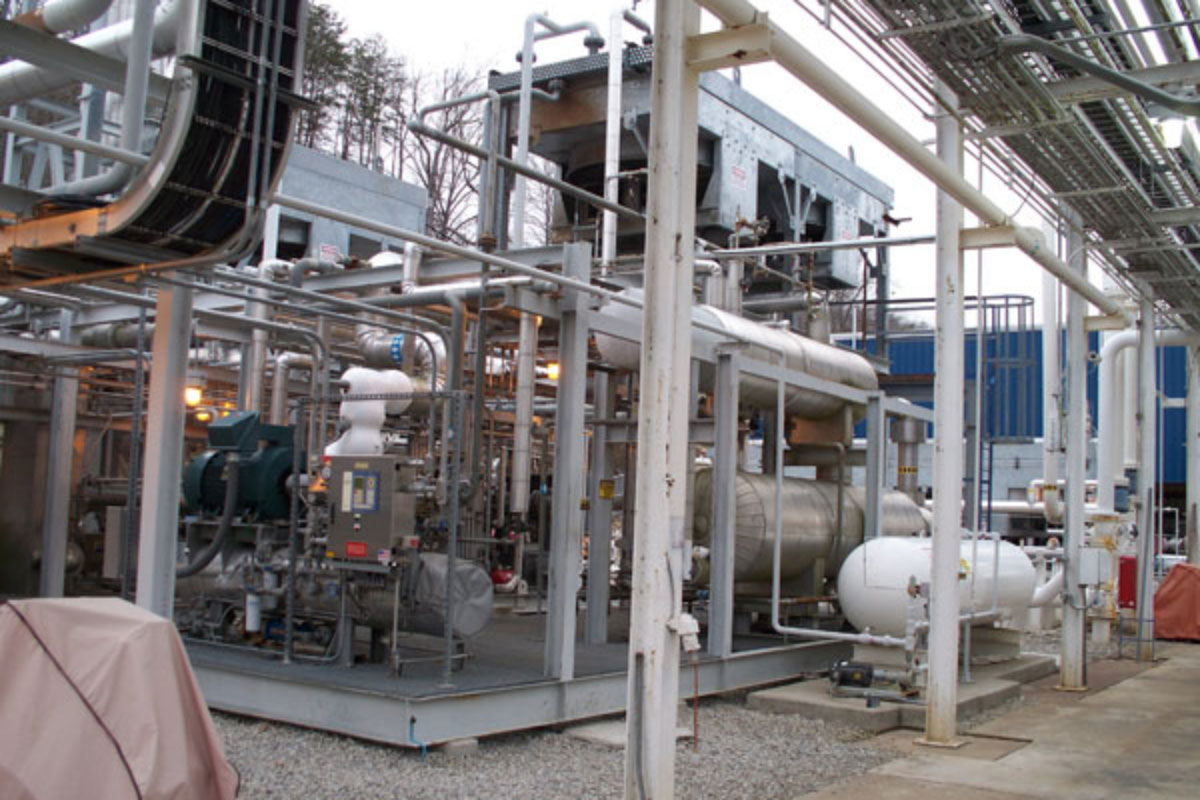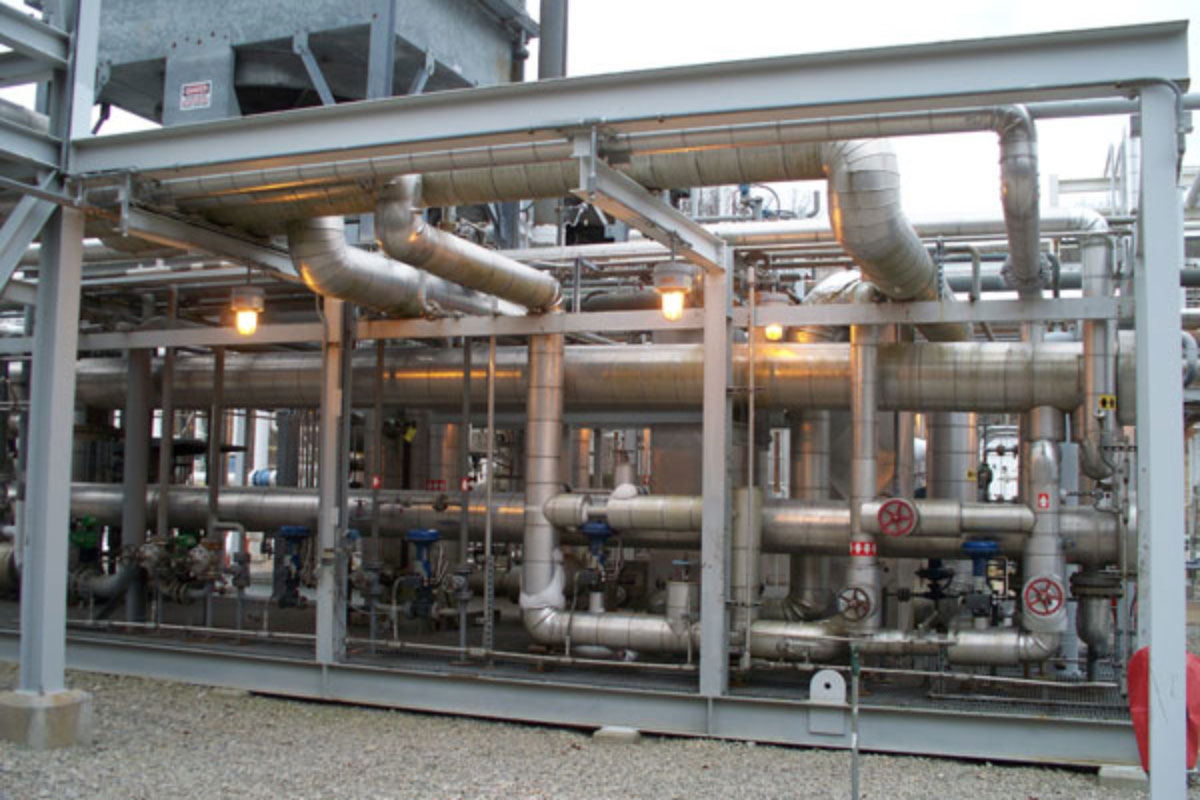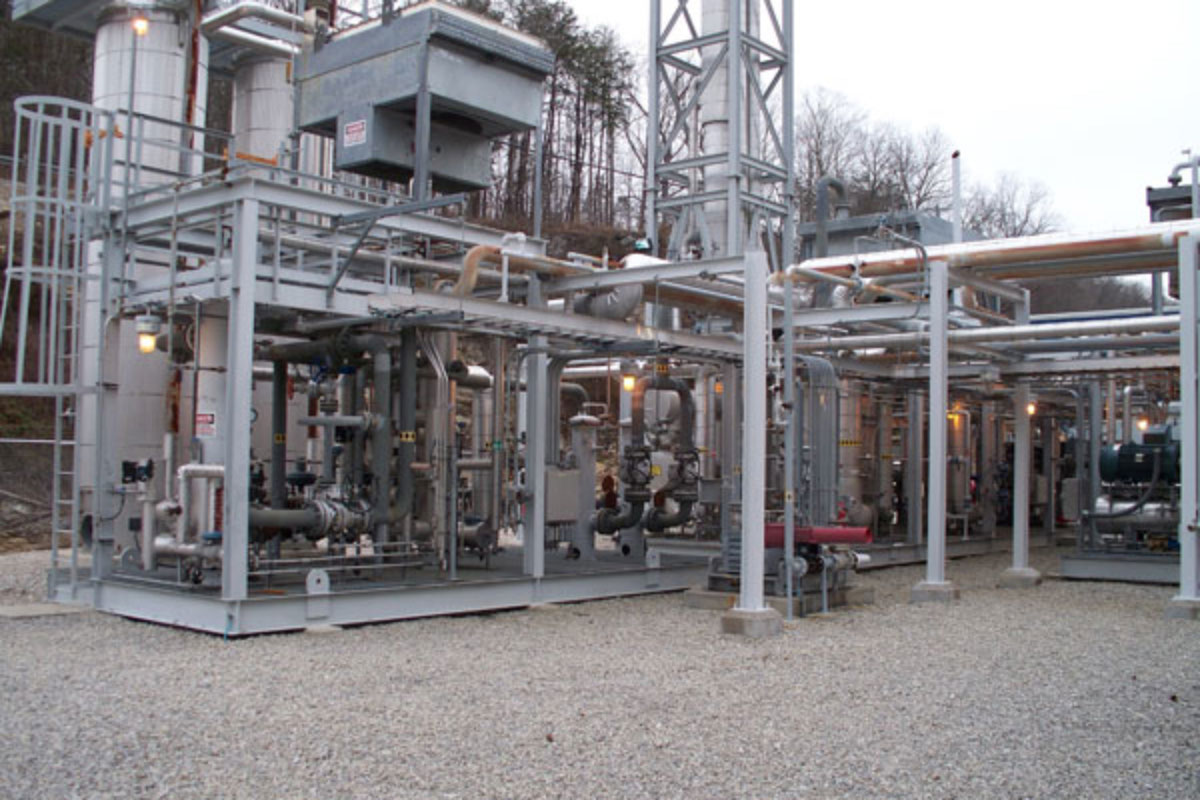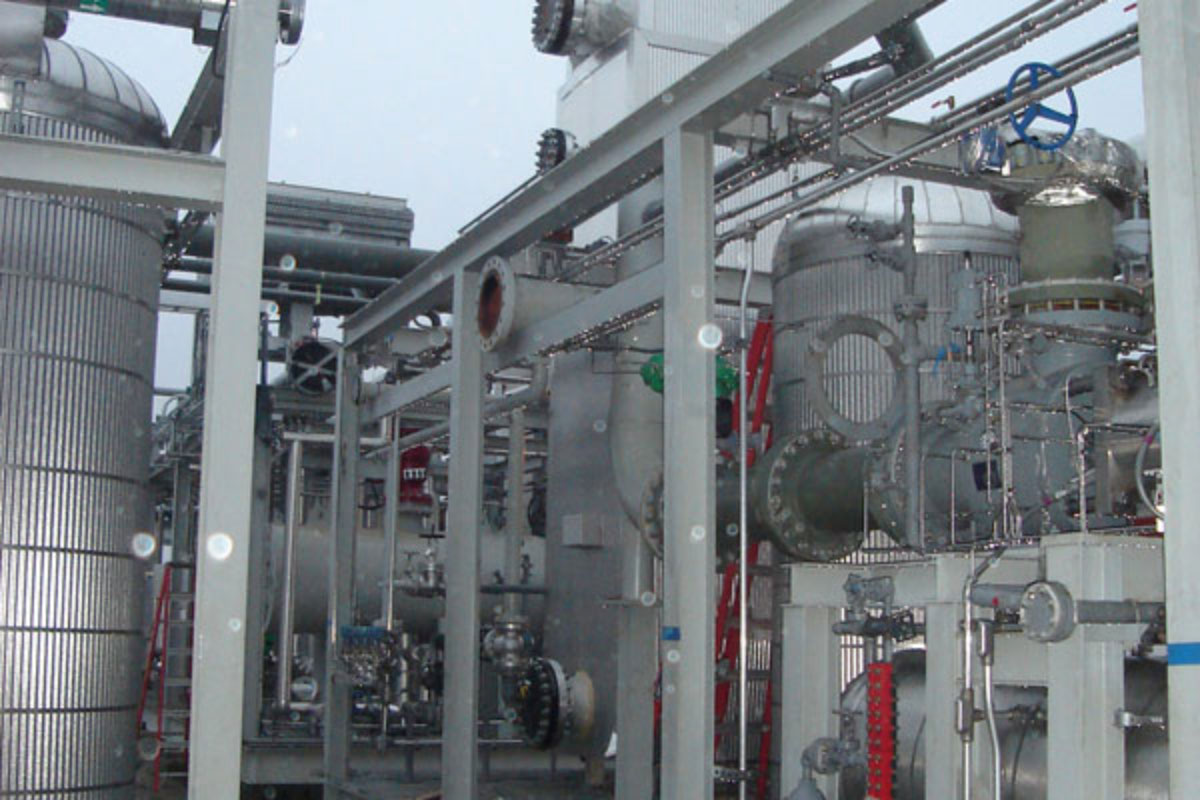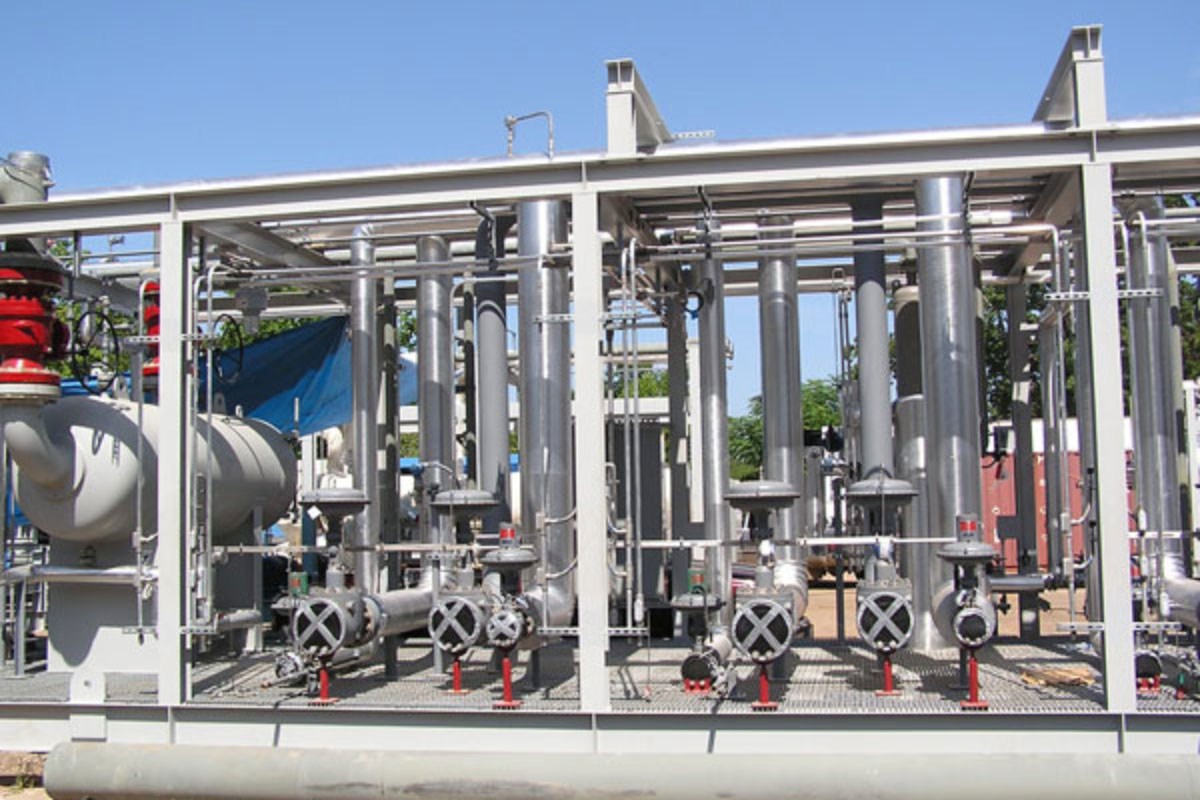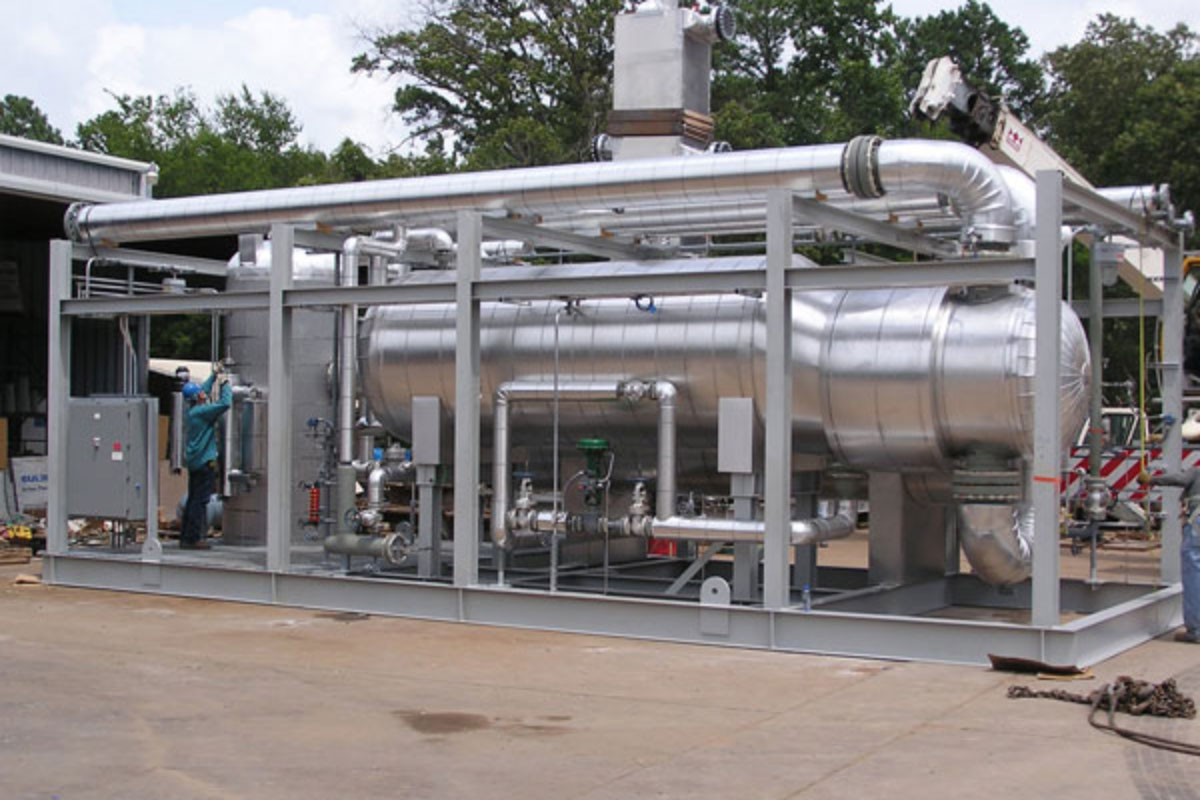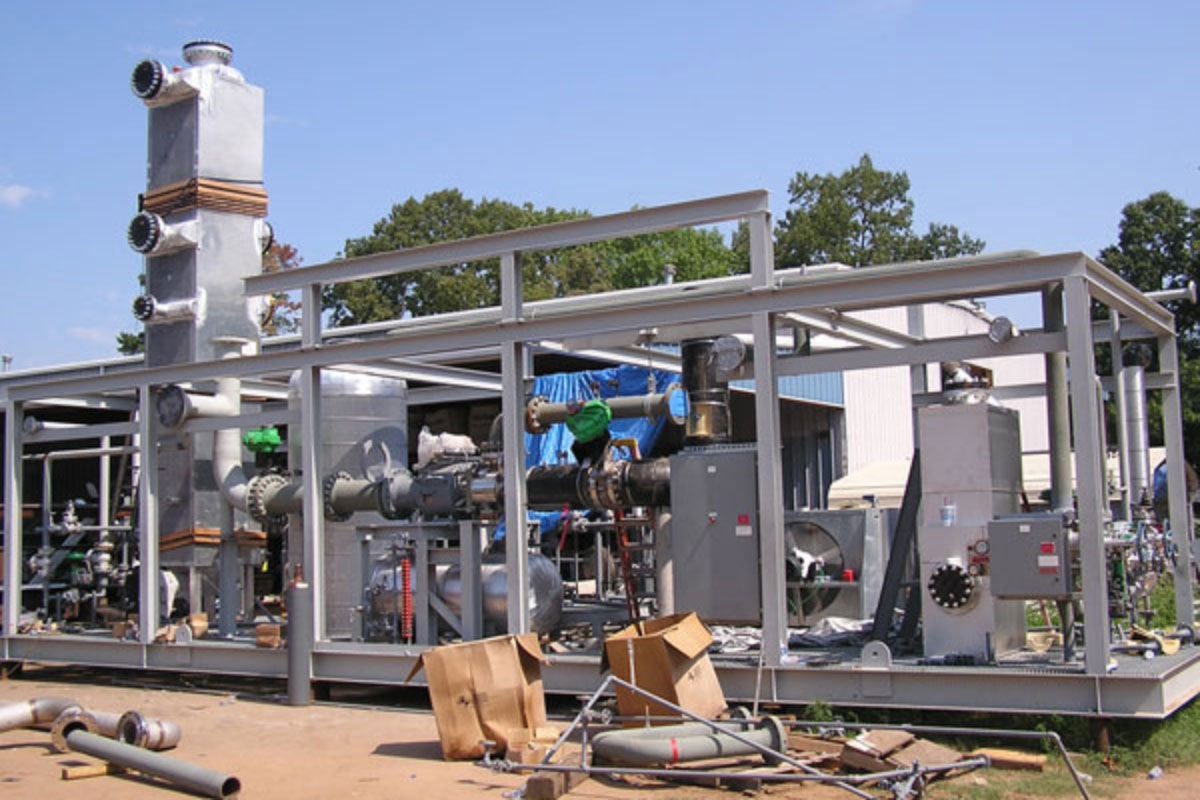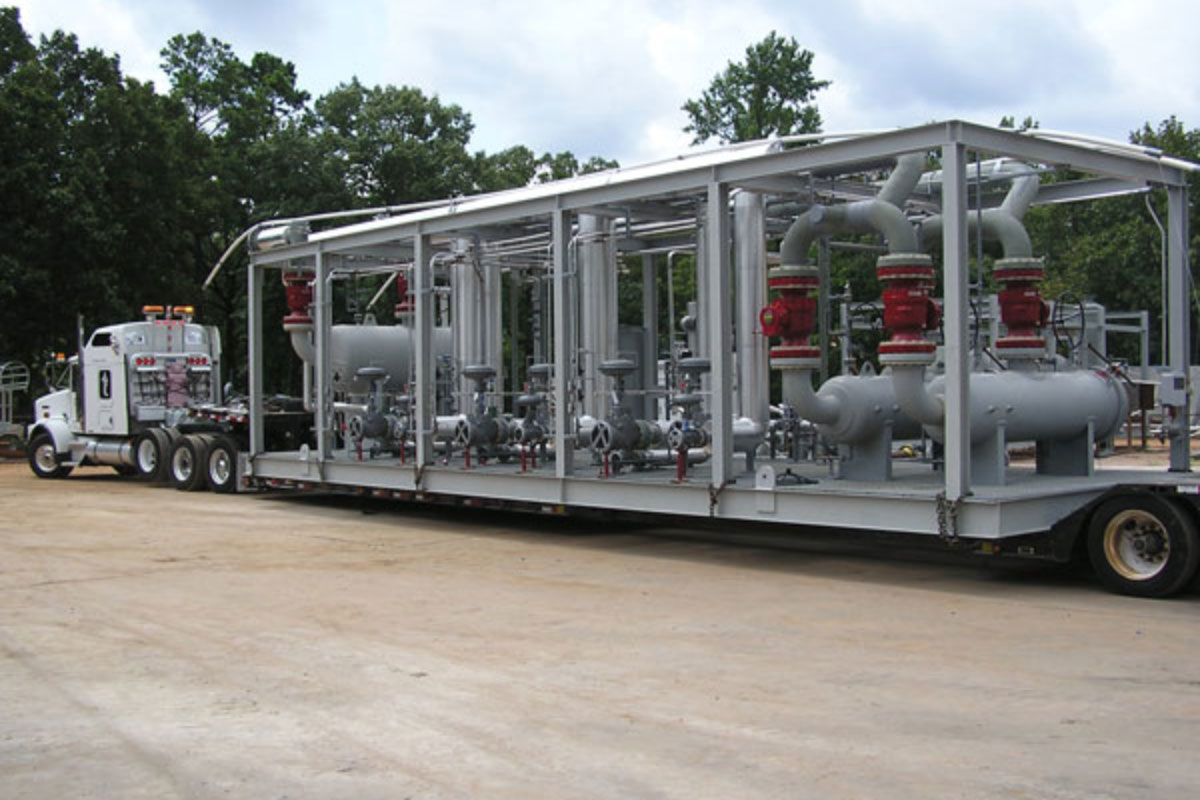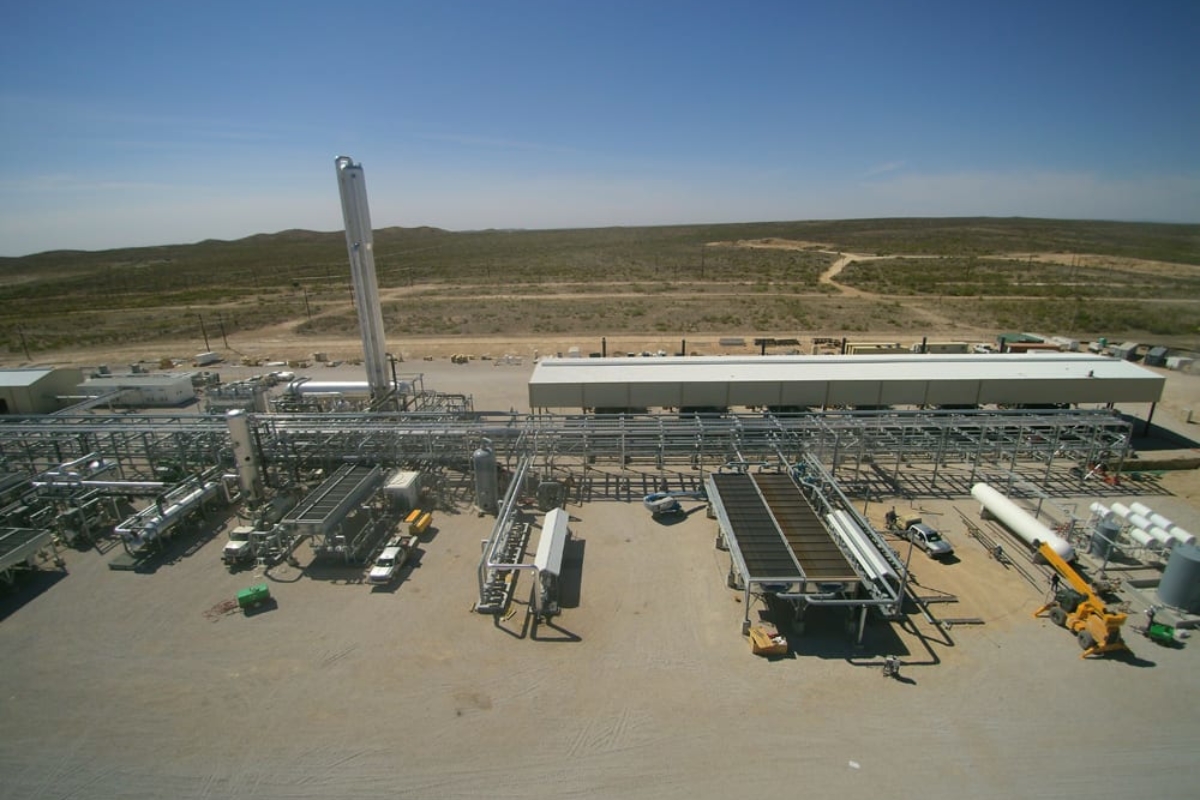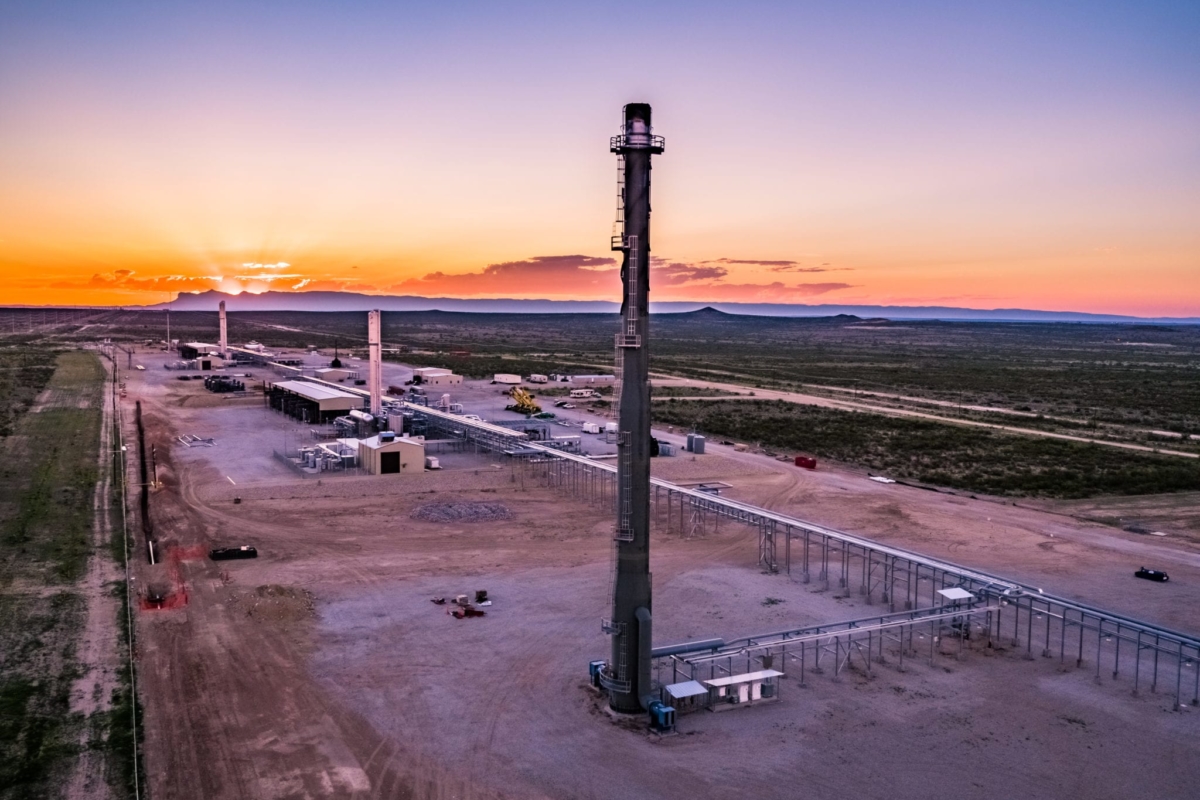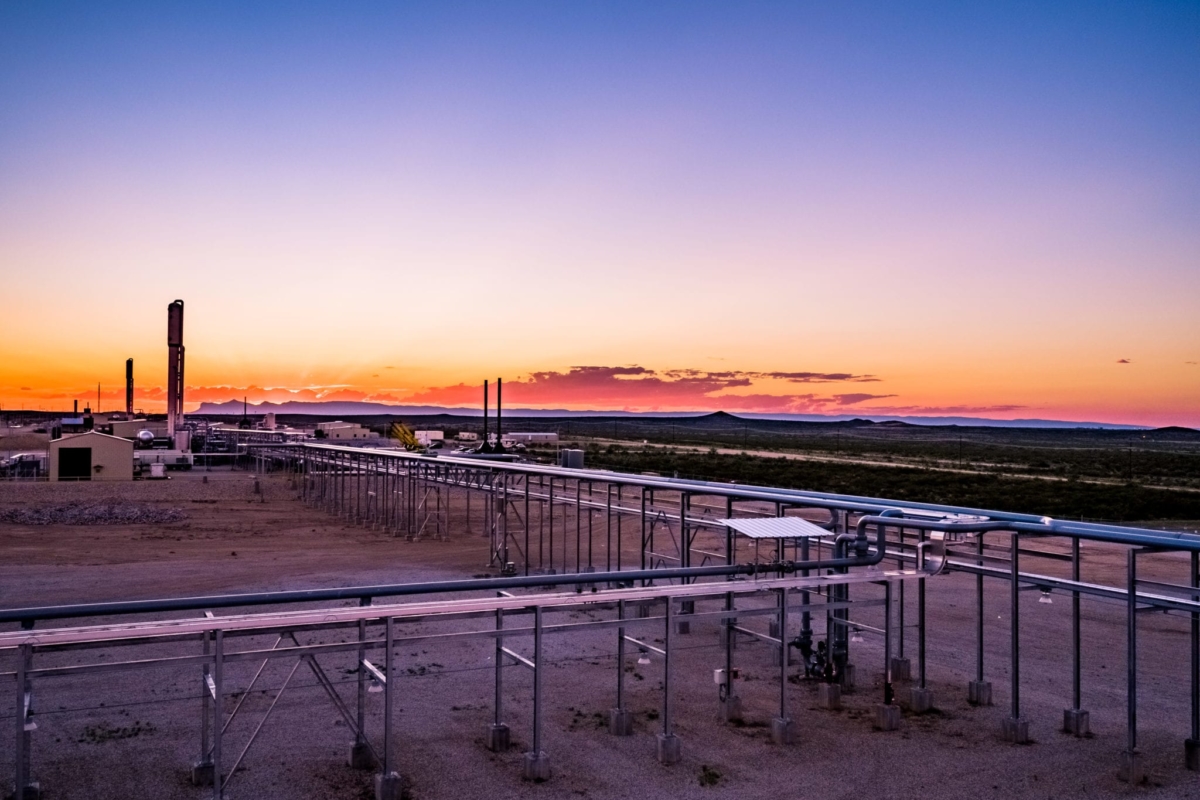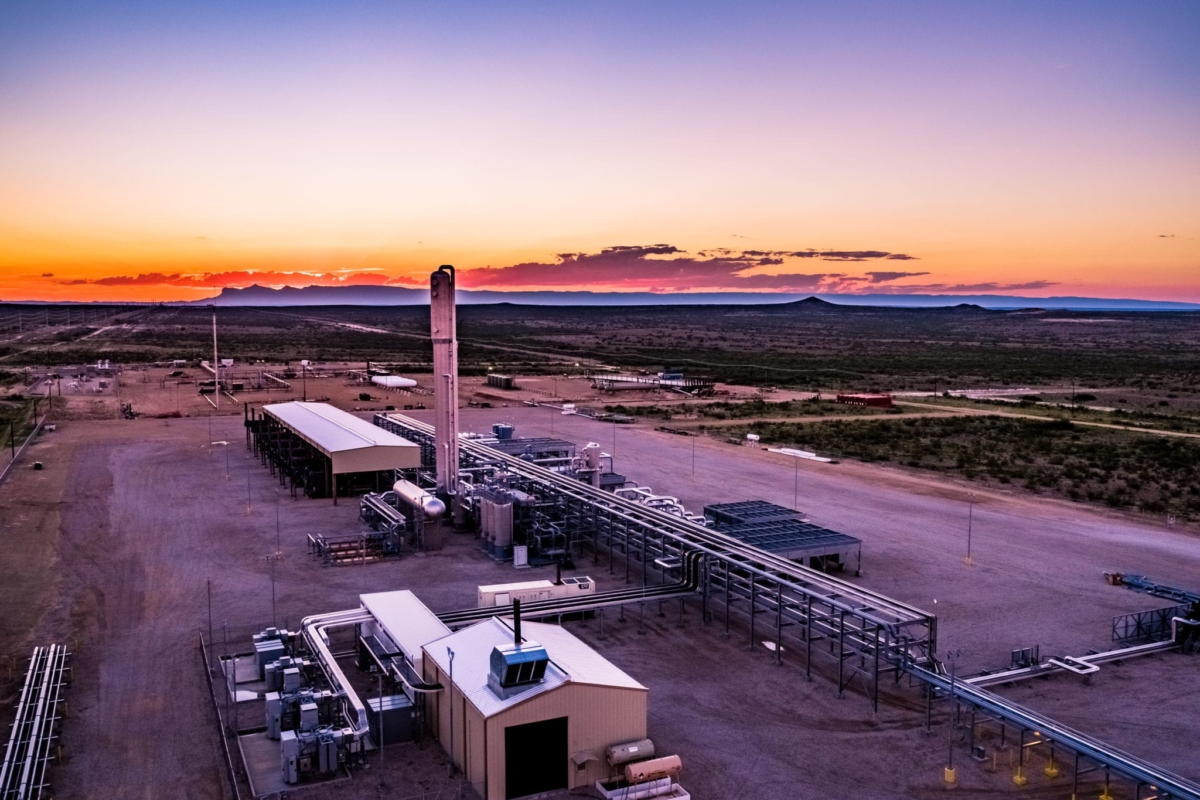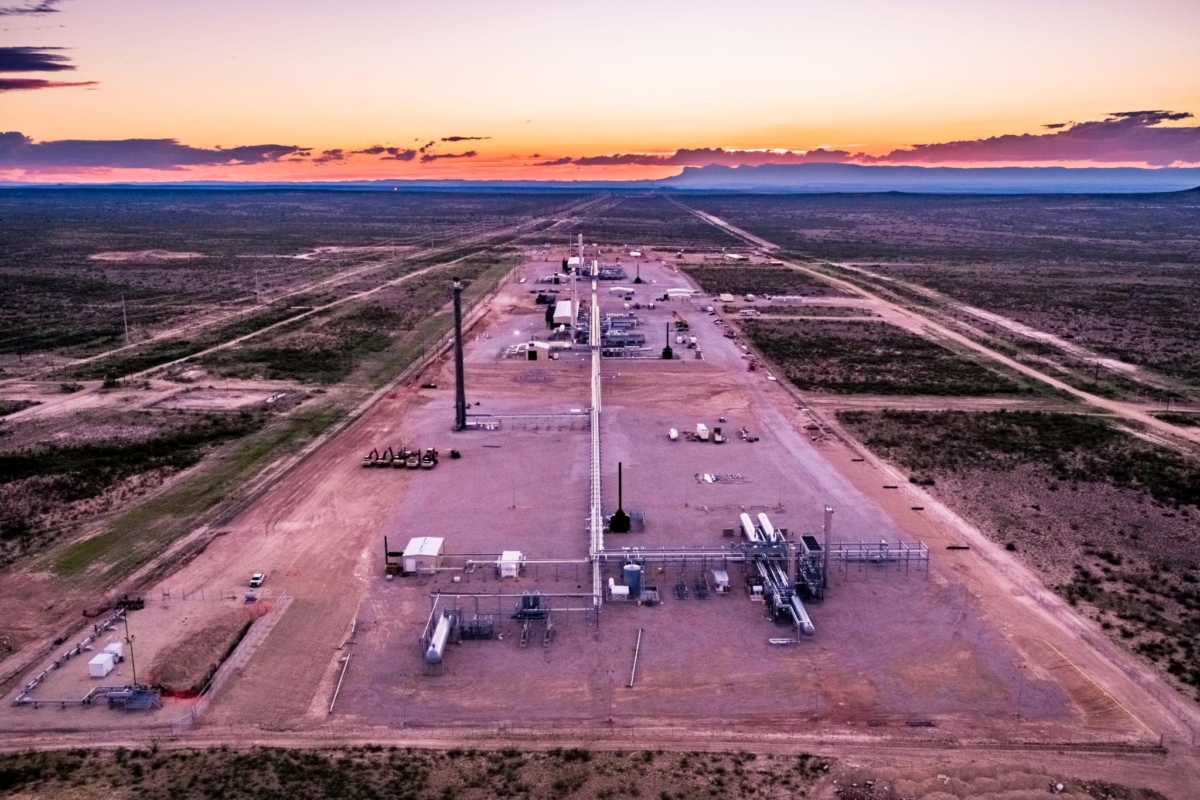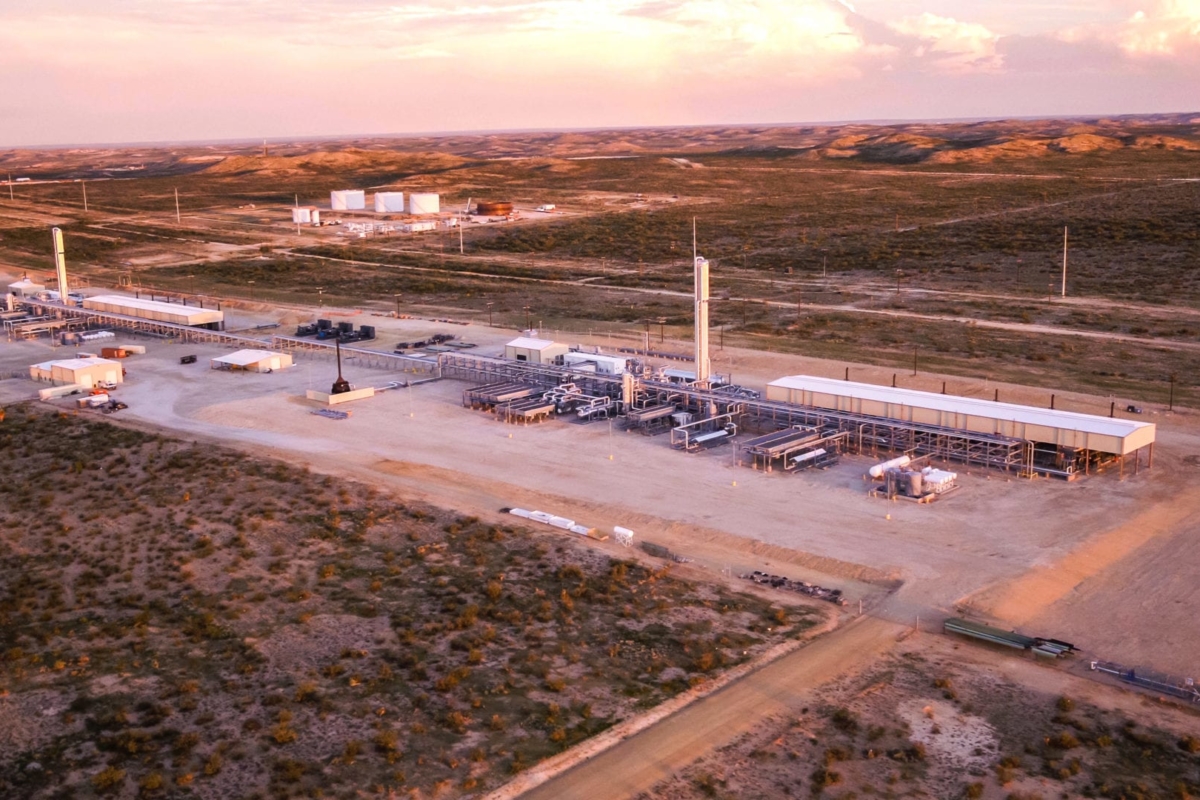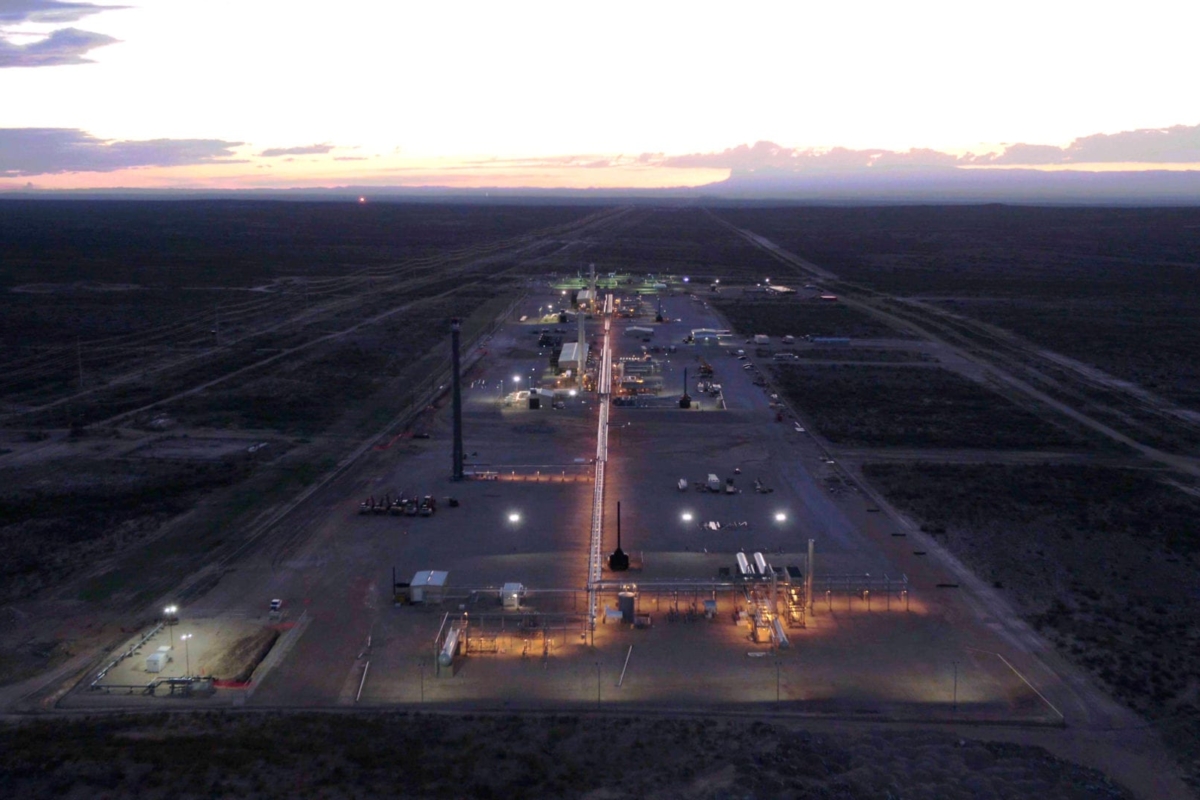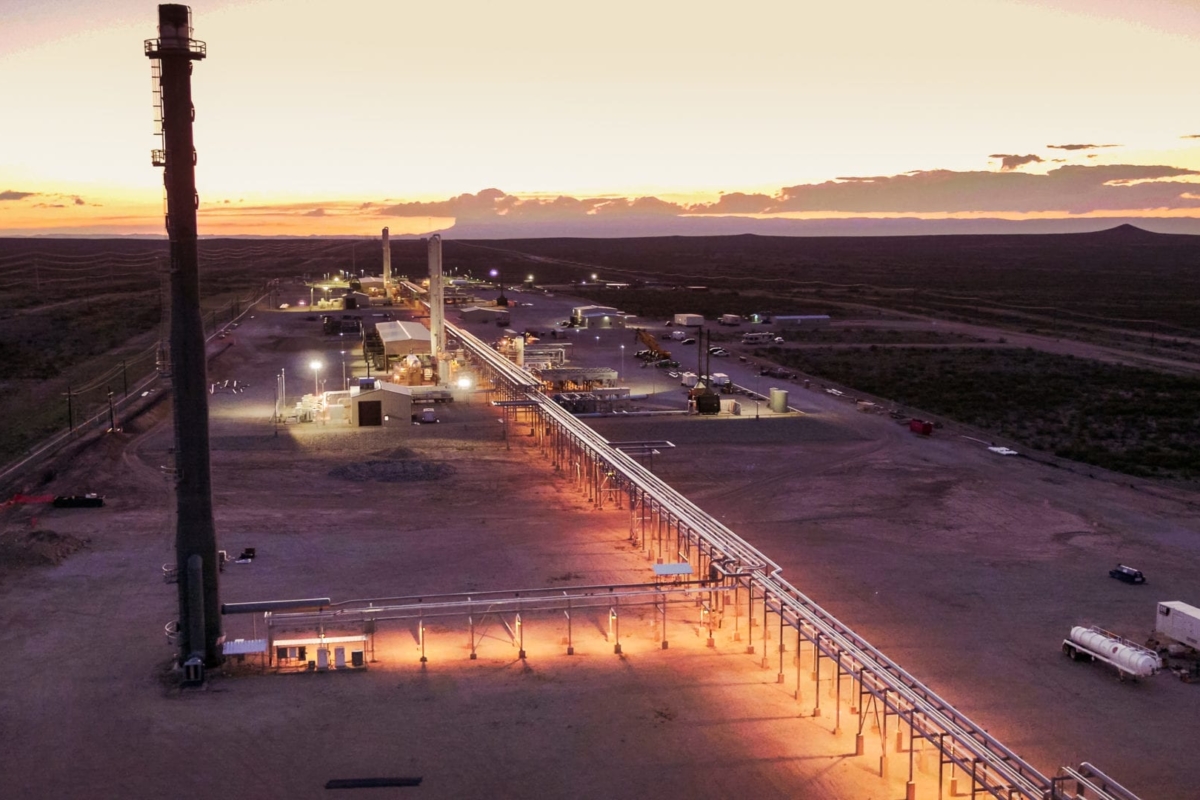Article from the Jasper Journal 2nd Quarter 2019
Written by: Jon Jasper
Jasper Ventures is involved with the Midstream segment of the oil and gas industry and focuses primarily on design, fabrication, and installation of the equipment required to process the natural gas of Midstream. This is the first in a series of articles by Jon Jasper, founder and Chairman of Jasper Ventures.
In the early days of the oil and natural gas industry, the gas was simply vented or flared from the oil/gas separator, since it was a by-product with no value. There were no steel pipes to gather the gas, or compressors to move it from the oil field to market (or lack thereof). The turn of the 20th century saw three major developments that would result in exponential growth of the oil and gas industry, including the Midstream segment of the industry.
- The invention and commercial development of the incandescent lamp by Thomas Edison, followed shortly thereafter by the development of electrical generation plants fueled by coal, oil, and natural gas.
- Development of the internal combustion engine, the horseless carriage, and by 1913, mass production of Henry Ford’s model T automobile.
- Discovery of Spindletop, the name of the oil field near Beaumont, TX, where the Lucas Gusher proved that huge deposits of crude oil could be found outside of Pennsylvania and West Virginia. The gusher, discovered in early 1901, initially produced 100,000 barrels per day, and spawned such major oil companies as Texaco, Humble Oil, Amoco, and Gulf Oil.

The discovery that natural gasoline could be recovered from natural gas also occurred early in the 20th century, somewhat by accident. Natural gasoline is a mixture of the heavier hydrocarbon components (5 Carbon atoms or more) of natural gas. The natural gasoline had value by blending it into the gasoline produced in the early refineries. Thus began the processing of natural gas to produce natural gasoline before it was vented/flared, and then later used as a fuel itself by communities and industry in the industrialized Northeast US.
Until 1921, there were no specifications for the natural gasoline, and this almost resulted in dooming the infant industry. The natural gasoline was characterized only by its gravity, or more specifically its API (American Petroleum Institute) gravity. Its API gravity (related to specific gravity, S.G., where the S.G. of water is 1.0, by a simple formula) ranged from the low 70’s to the low 90’s. The API gravity of early American crude oils was in the 30’s to 40’s. Thus, the higher the API gravity number, the lower the specific gravity. A measure of the natural gasoline volatility (or vapor pressure) would have been a better way to characterize the natural gasoline. By 1911, there were 132 companies with 176 natural gasoline plants, mostly all of them being on the Ohio River, in Pennsylvania and West Virginia.
One of the early pioneers of gas processing was Frank Peterson, who realized that not all natural gas yielded natural gasoline. By 1909, he had developed a crude method for determining the “wetness” or “richness” of the natural gas. He worked for the Bessemer Company in Ohio, which charged $5 per sample to run the richness test. If the operating company purchased a gas compressor from Bessemer, the $5 fee was returned to the operator.
Gas-engine-driven natural gas compressors were Bessemer’s primary business. The early natural gasoline plants consisted of one to three stages of compressing the natural gas, with cooling coils between the stages of compression. The cooling coils in the early West Virginia gas processing plants consisted of parallel steel pipes, manifolded together, and laid in a creek bed adjacent to the compressors. The natural gasoline was accumulated in steel pressure vessels at the outlet of the cooling coils.
Peterson and some associates were intrigued with the process, and purchased several plants that were operating in West Virginia. They were soon financially disappointed when they realized that their sale of natural gasoline product did not come close to matching their production rate. Their product was being stored in atmospheric storage tanks, and much of their product was being lost through the tank vents to the atmosphere. The “rich” gas that was being processed also contained a large amount of propane and butane, “although we didn’t know what it was at the time,” according to Peterson. The vaporization of the lighter propane and butane components carried much of the produced natural gasoline with it.
Concurrently with the production and marketing of natural gasoline, the markets for the natural gas were being developed. The Hope Natural Gas Company was organized as a subsidiary of the Standard Oil Company of New Jersey in 1898. It was a “hopeful” venture to produce, purchase, and transport natural gas to the Ohio and Pennsylvania state lines for delivery to other Standard subsidiaries for developing markets in Pittsburgh and Northern Ohio. Apparently, the hopeful venture was a success. In 1913, Hope and other natural gas subsidiaries contributed 13% of Jersey Standard’s net earnings.
Transportation of the natural gas and natural gasoline were part of what we now call the Midstream industry. The current gas pipeline systems in the US (built mostly after WWII) are now the largest segment of Midstream. Transportation of the natural gasoline product was accomplished mostly by rail in the early days. Riveted, non-insulated tank cars were used.
Between 1910 and 1918, there were 94 deaths and 653 injuries due to gasoline related accidents in rail transport. These tragic accidents were the direct result of lack of natural gasoline specifications, and the misunderstanding of what natural gasoline consisted of. We all know not to try to use motor gasoline to start a fire, and understand the danger of storing motor gasoline near an open flame. This is due to the volatility of motor gasoline. Natural gasoline was much more dangerous because it also contained more volatile components including propane and butane.
In late 1919, Standard Oil of Indiana (Refining) announced that it was no longer purchasing natural gasoline. Shortly before 1920, railroads banned the transport of natural gasoline on their rails. Prices for natural gas plunged from 20 to 23 cents per gallon to 8 to 9 cents. It looked like the beginning of the end for the fledgling natural gas processing industry.
Part II of this series will be published in the Third Quarter edition of the Jasper Journal in July 2019. To subscribe to the free quarterly publication, follow the links below!
We are pleased to share our latest edition of the Jasper Journal with you! The Jasper Journal is a quarterly publication that takes you behind the scenes and into the core of our corporate culture. The Journal also celebrates the positive impact that Jasper Ventures and its employees are having on our local communities and the lives of those around us.
We are now offering a FREE digital subscription so that you automatically receive future editions directly to your inbox! (Subscription NOT required)


